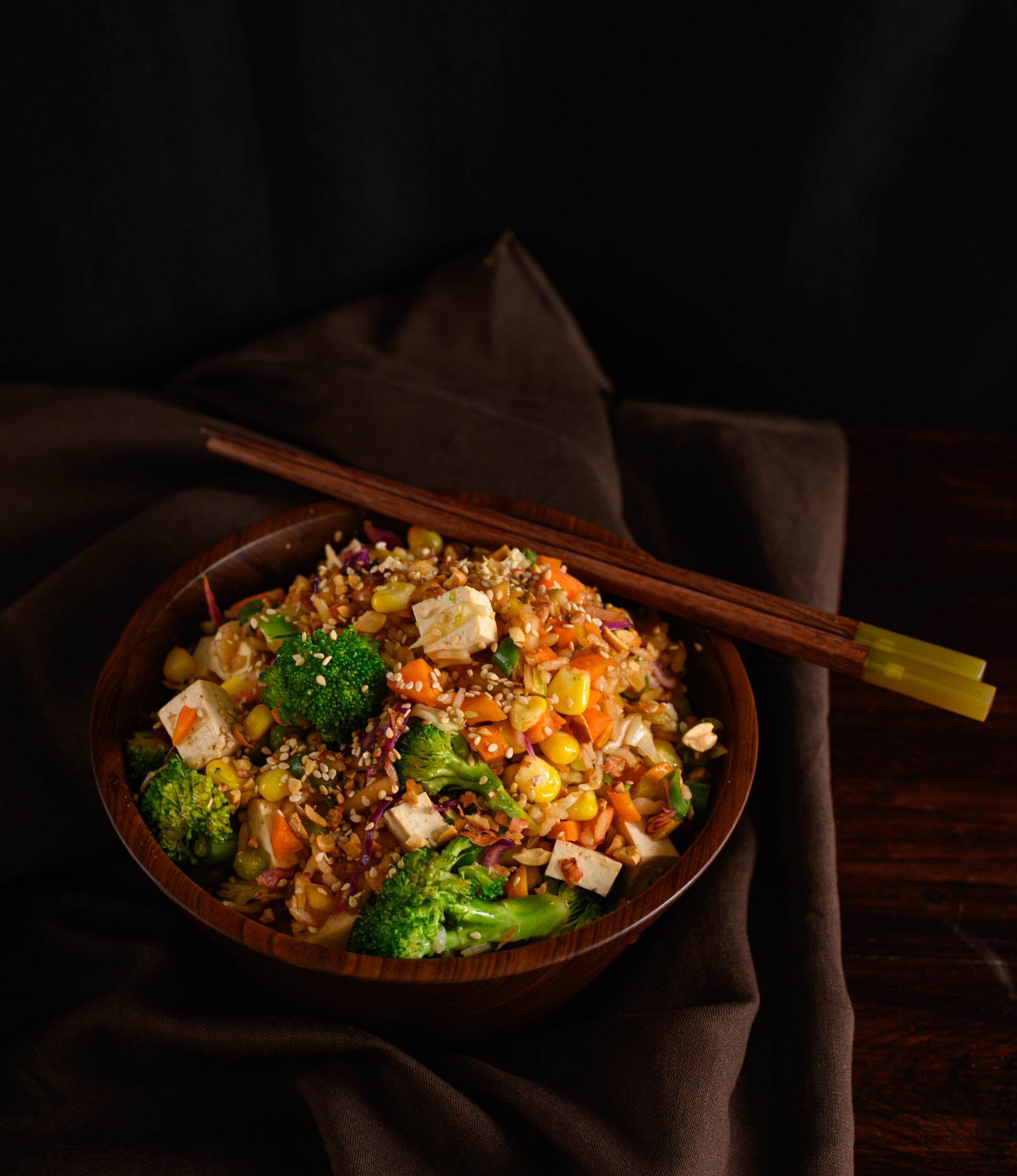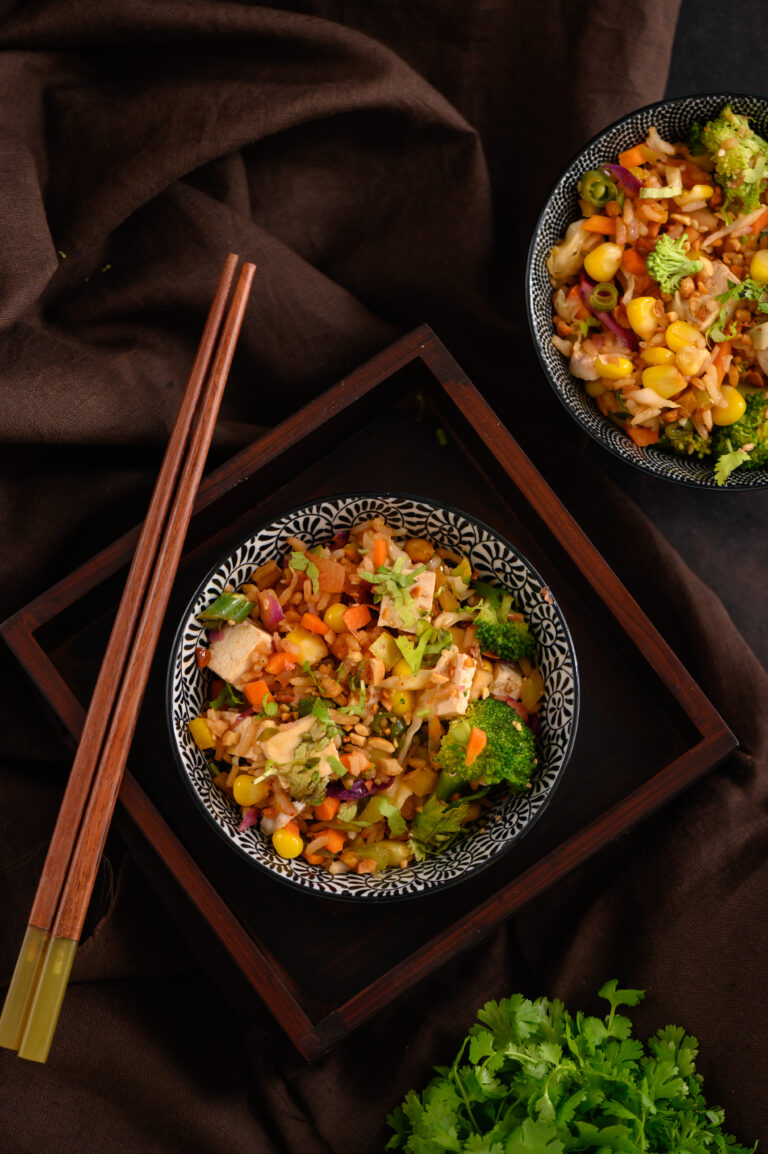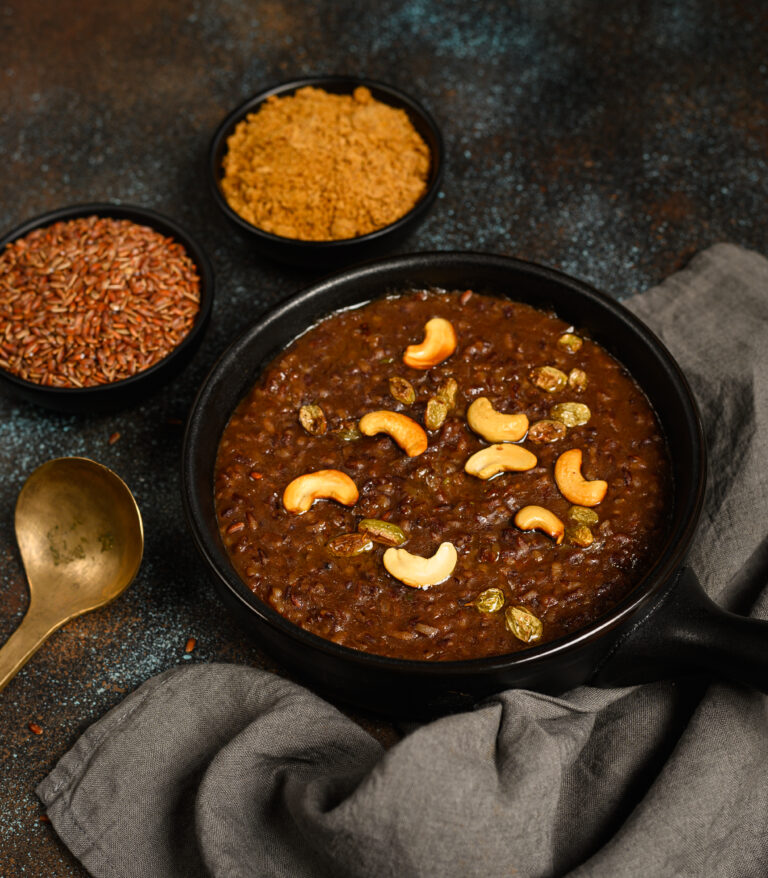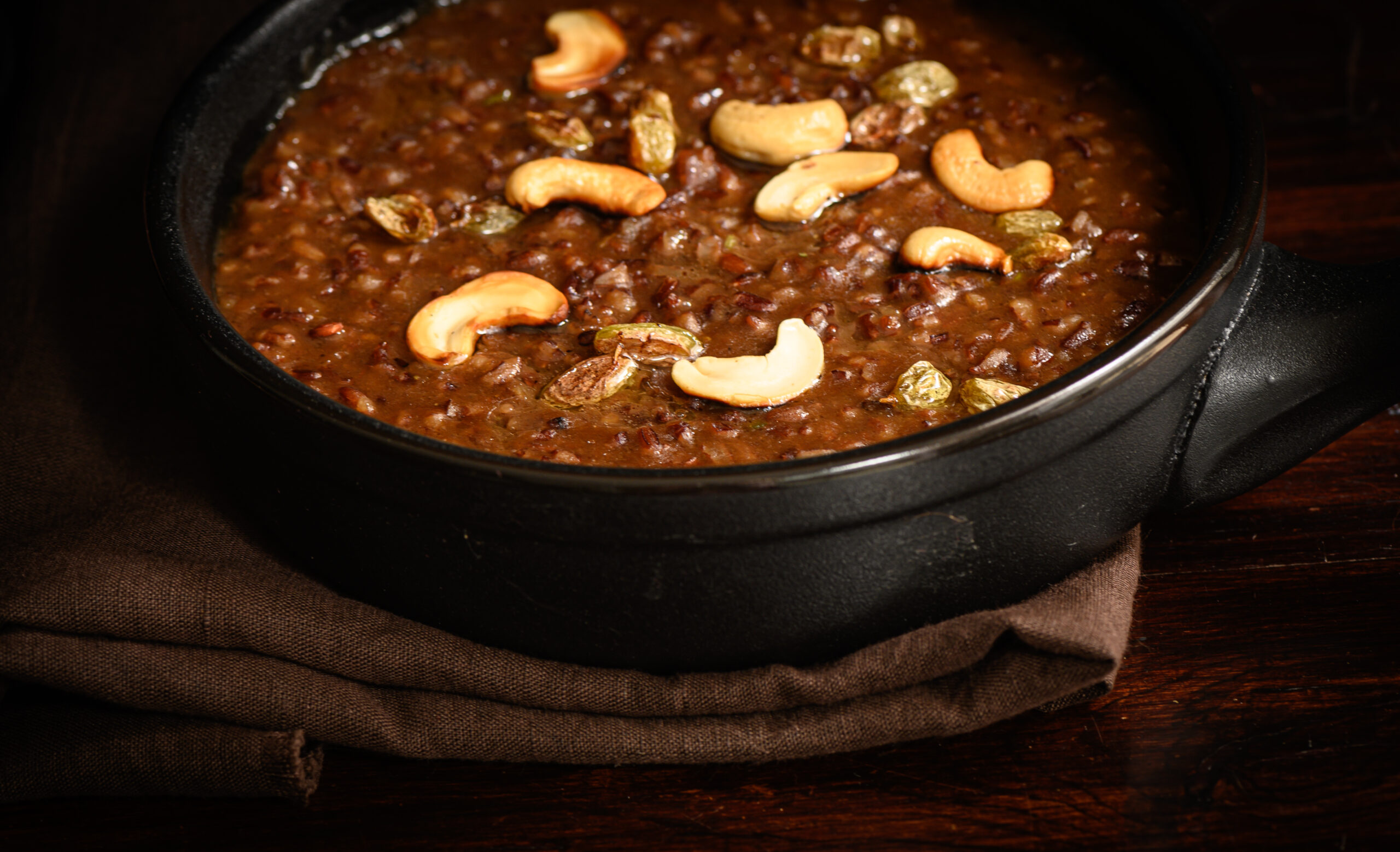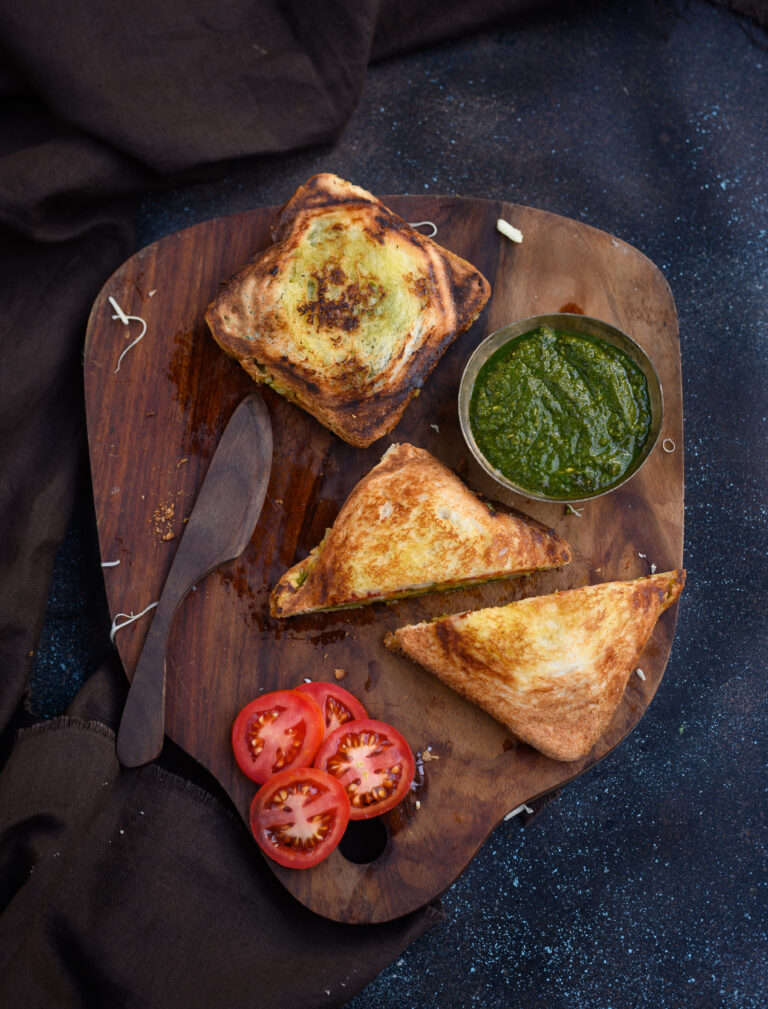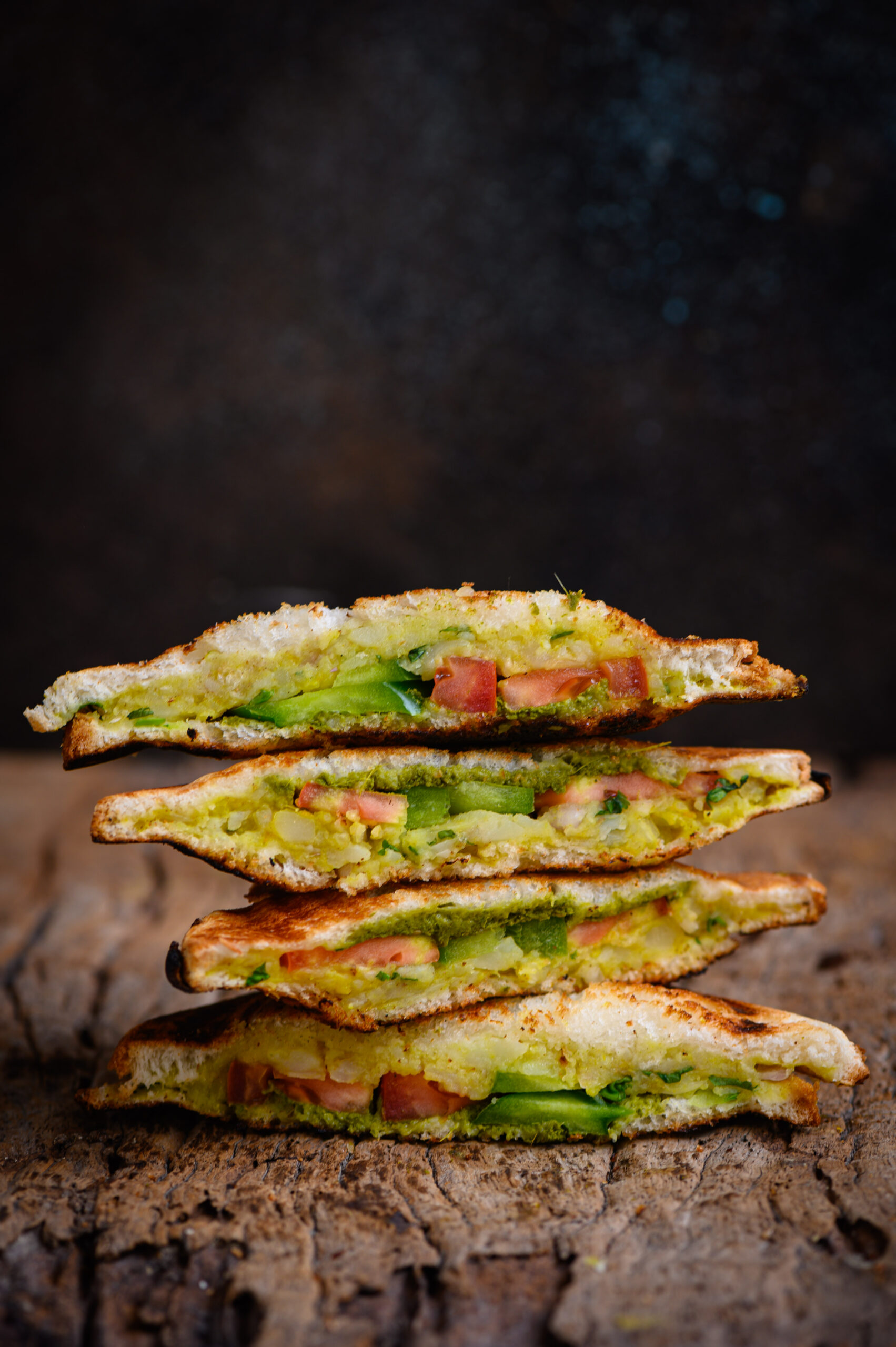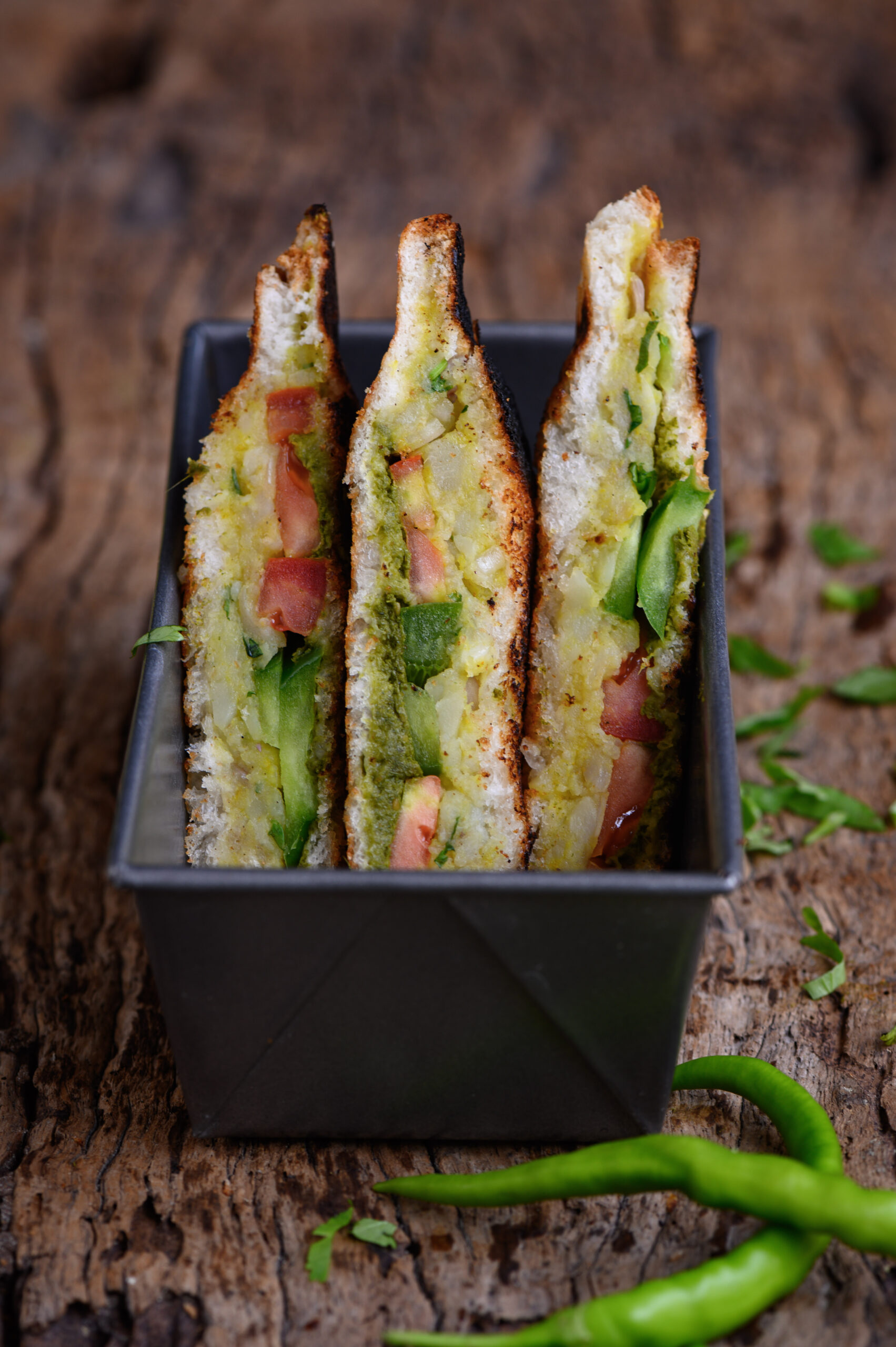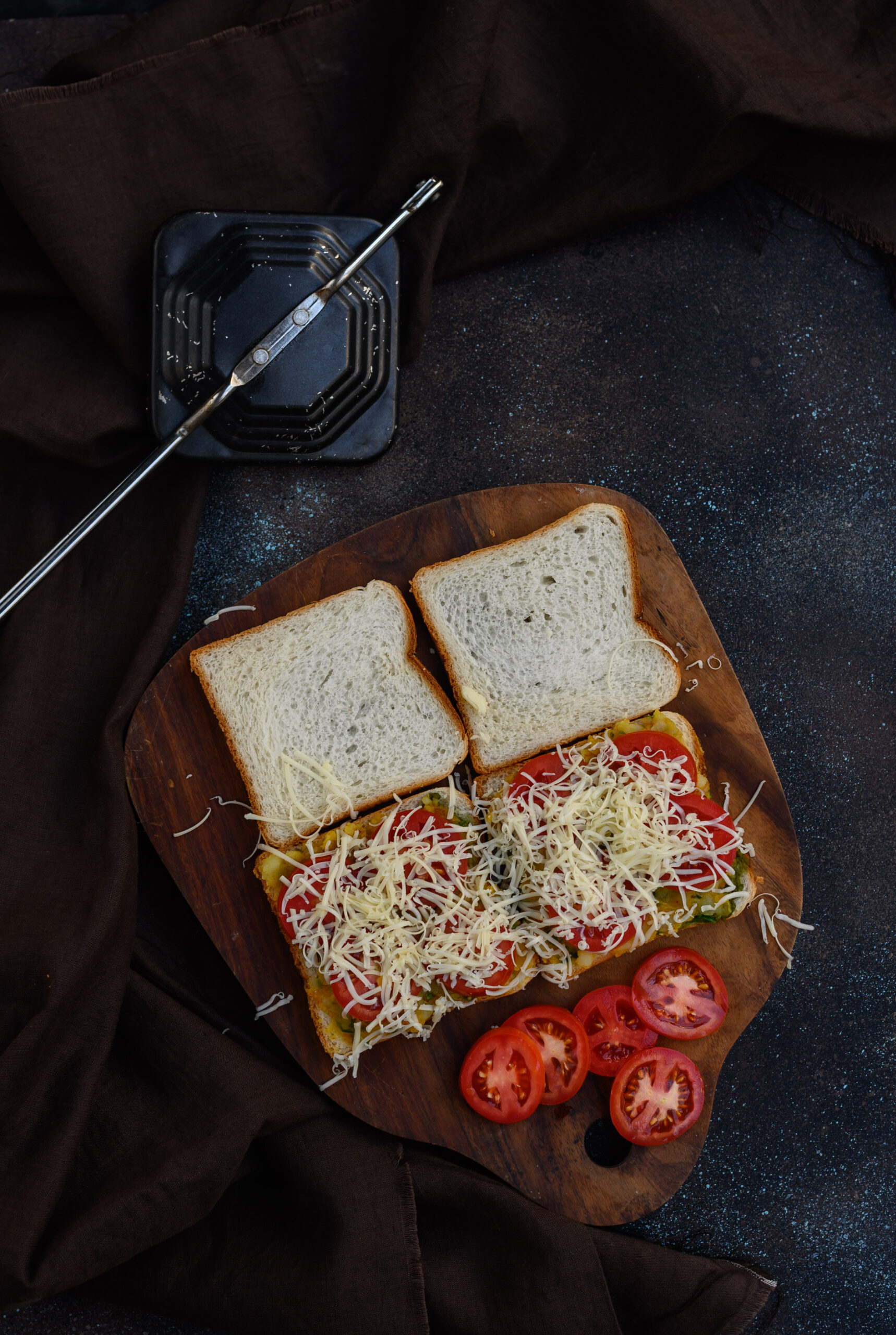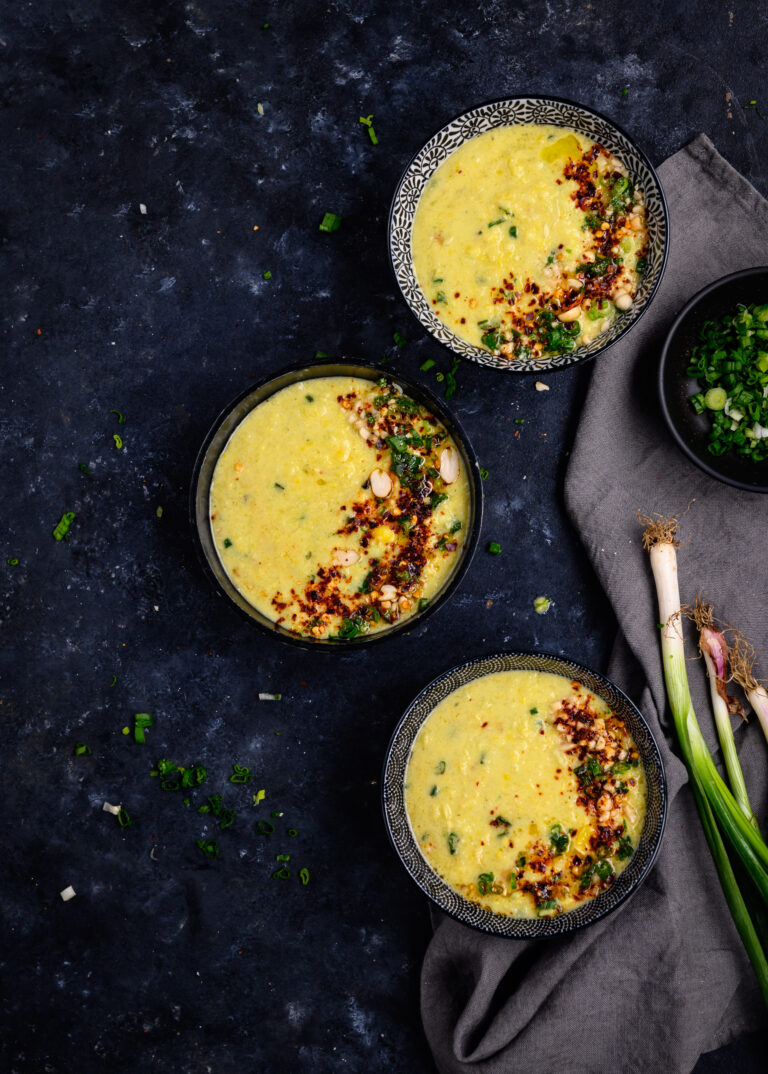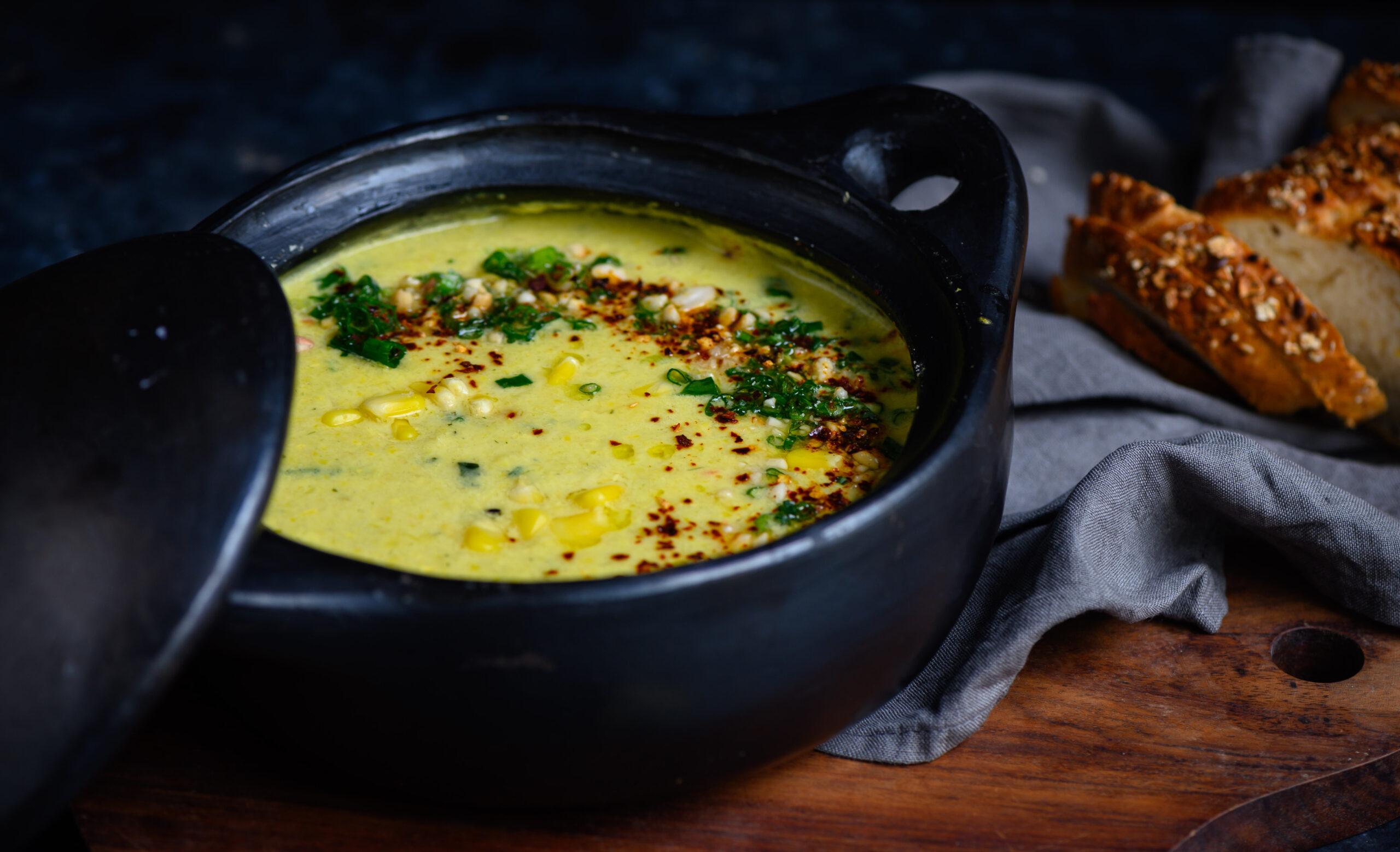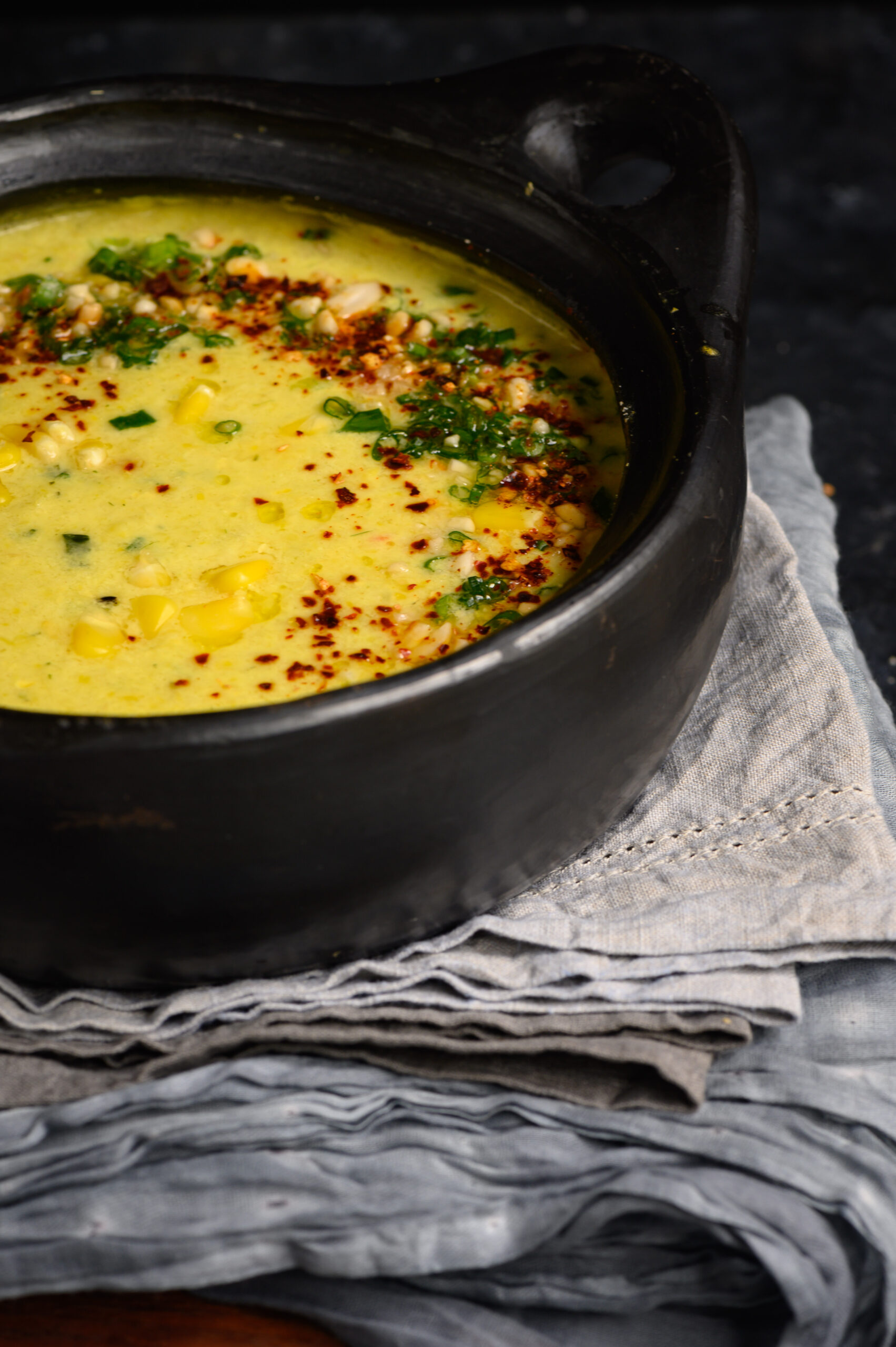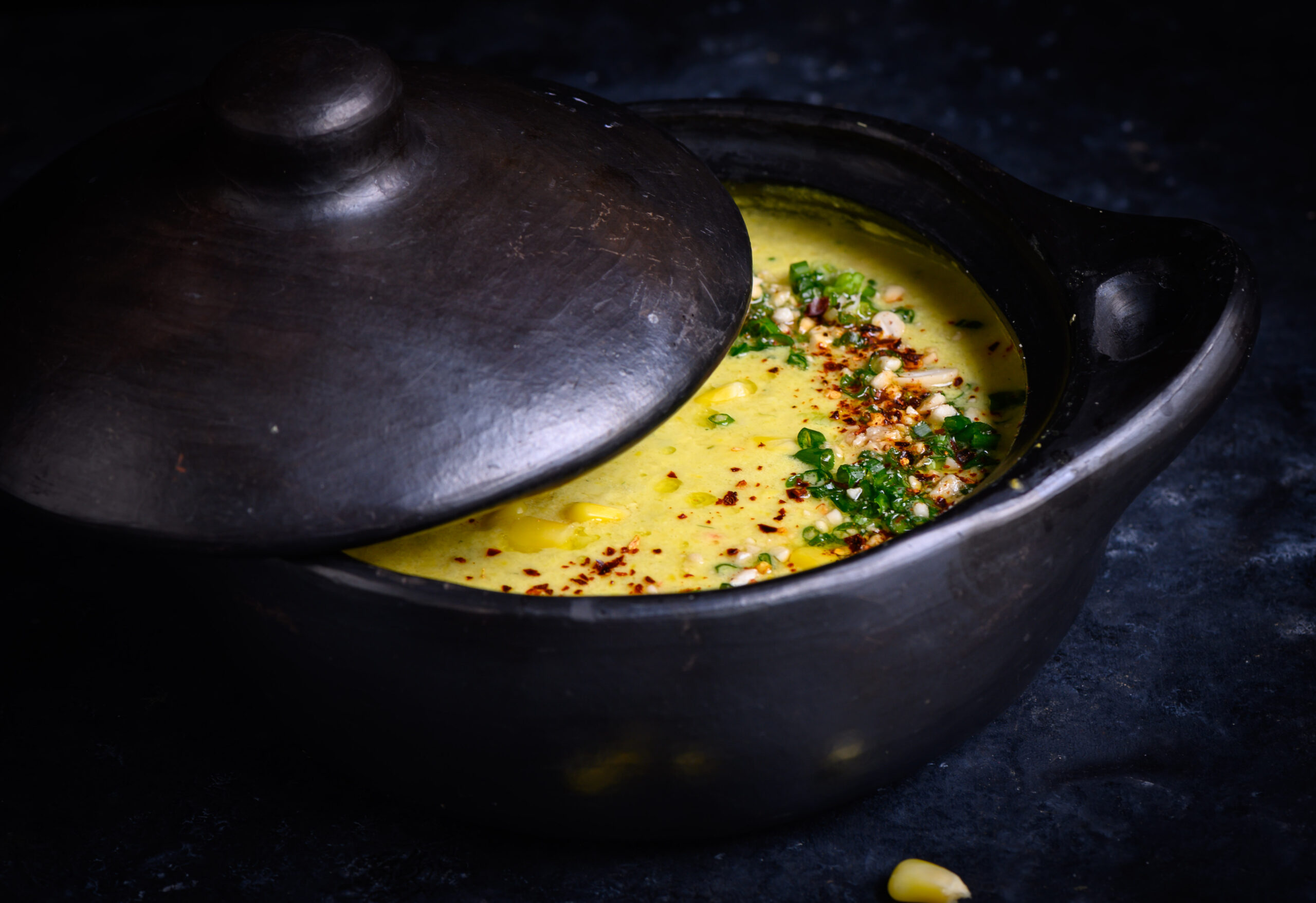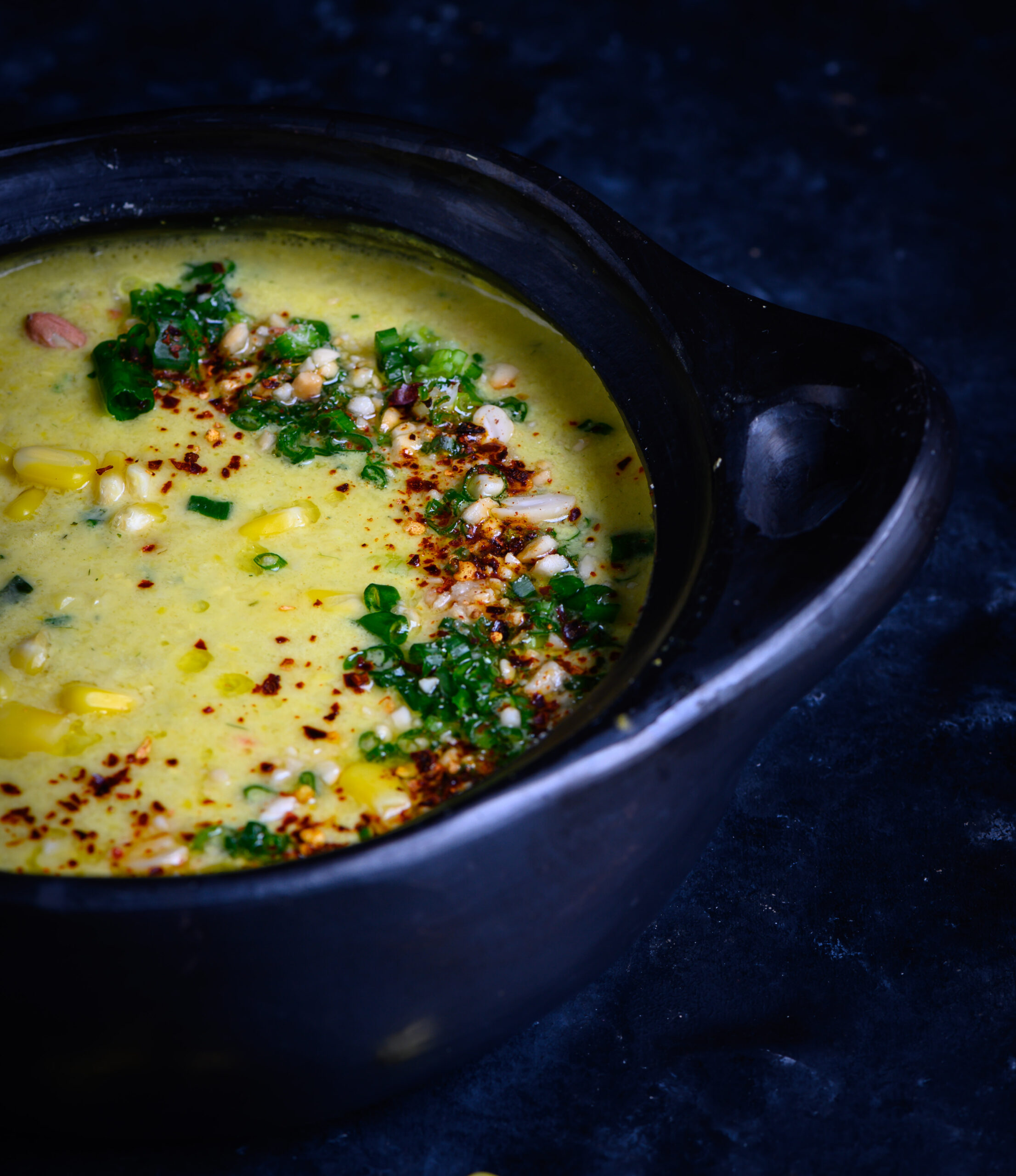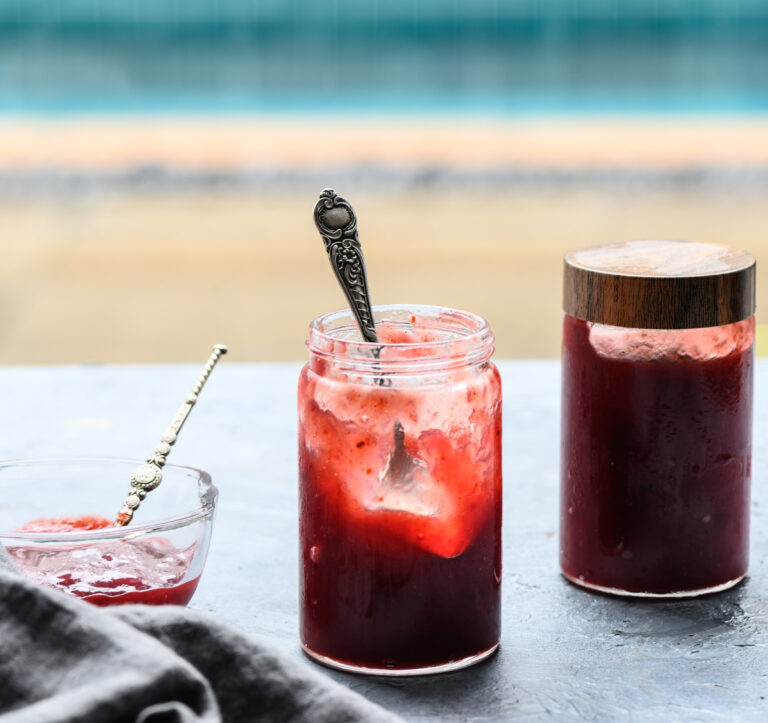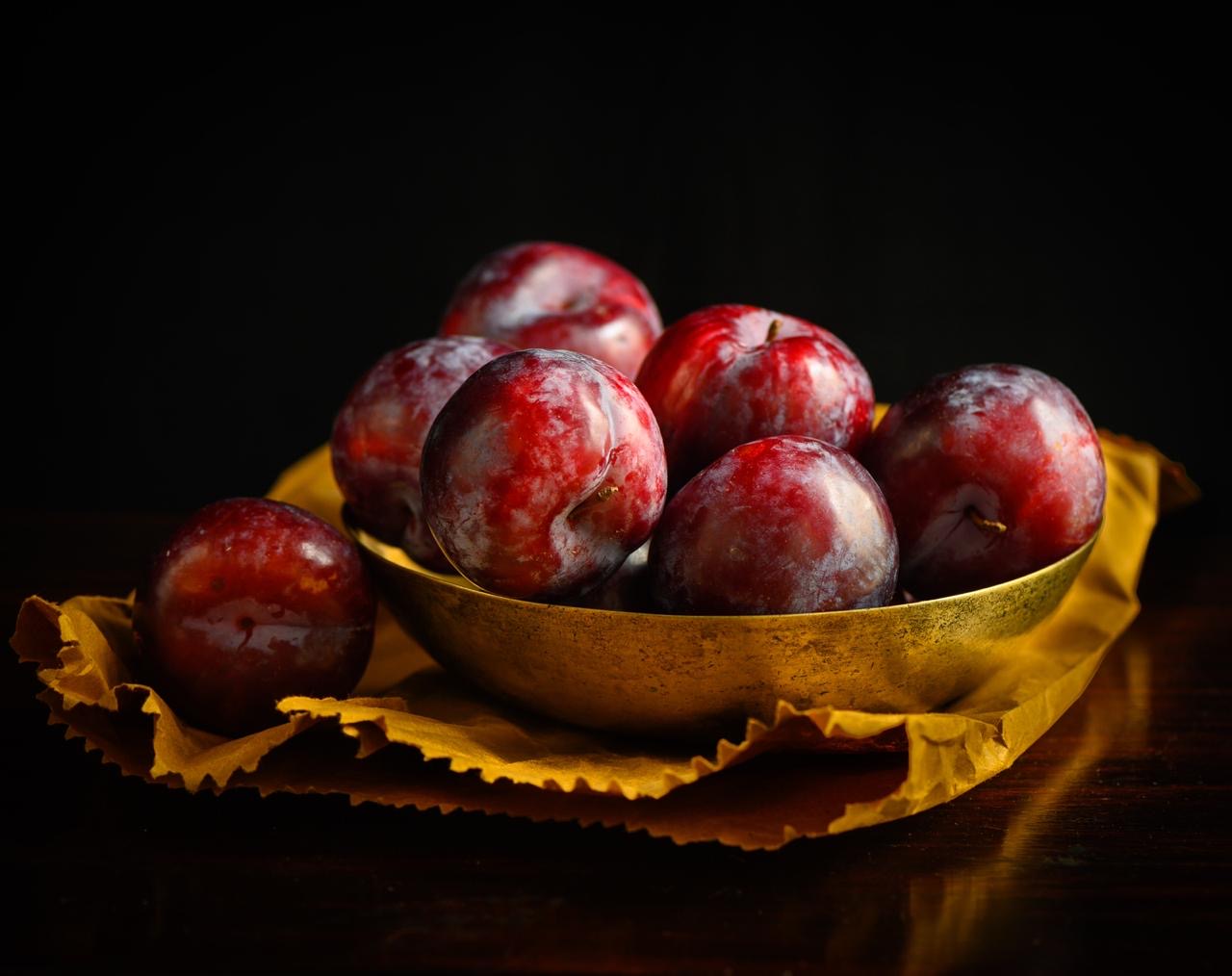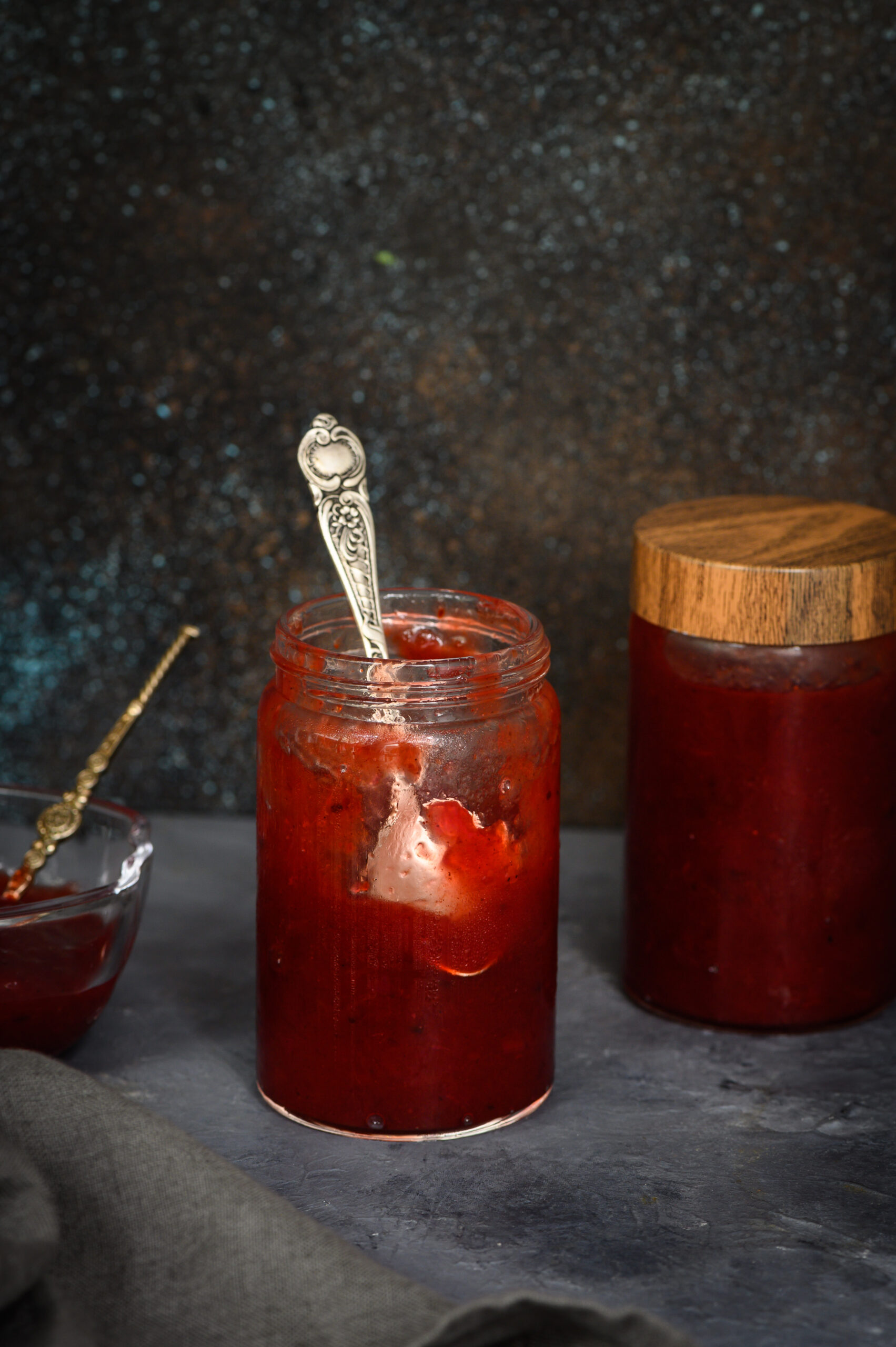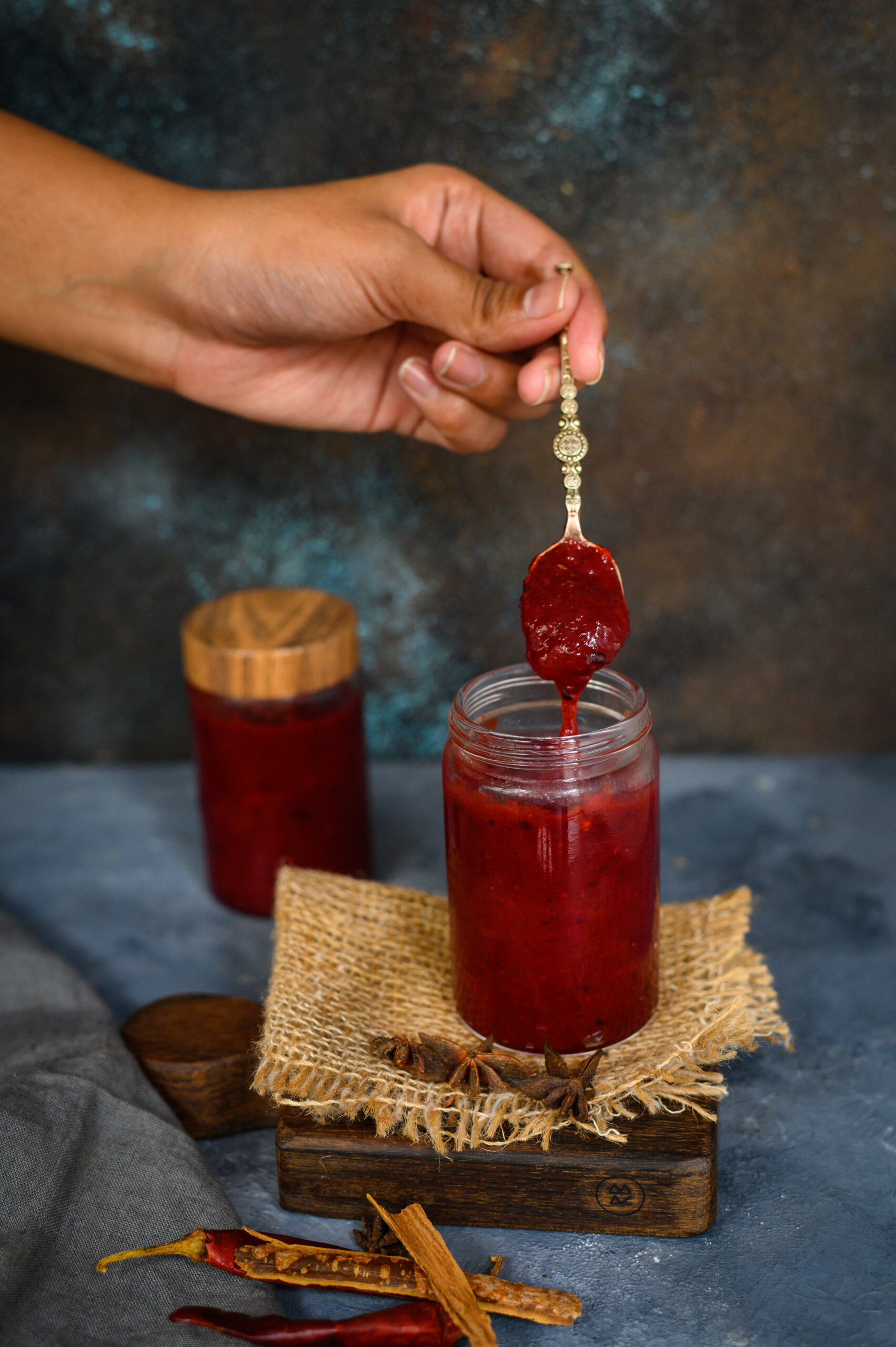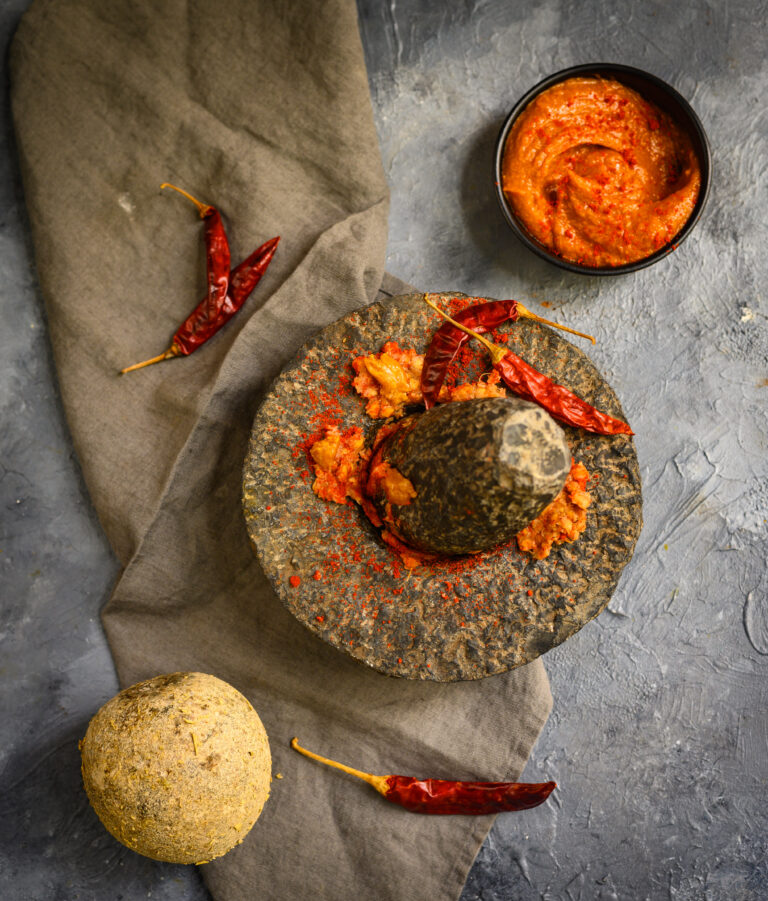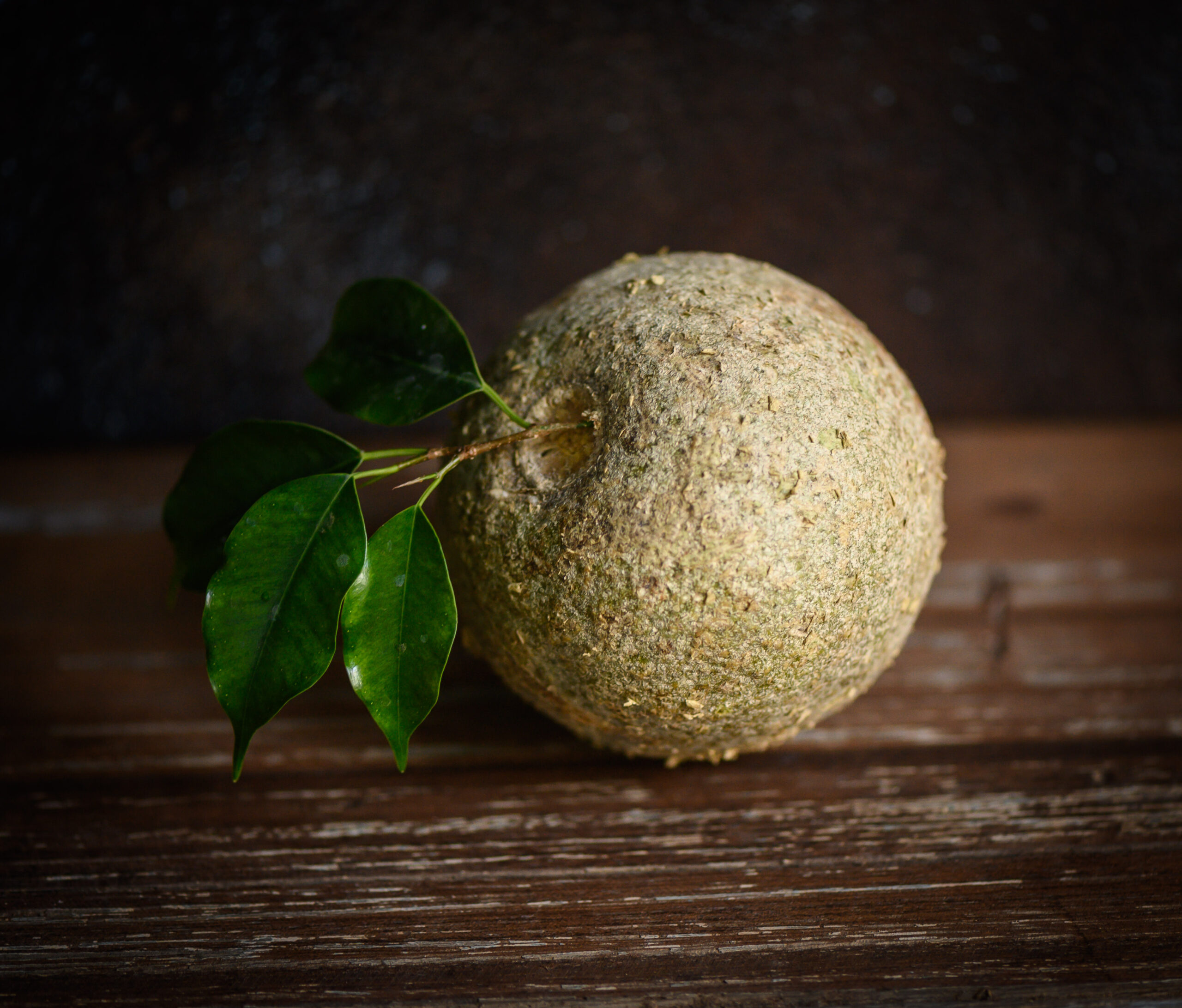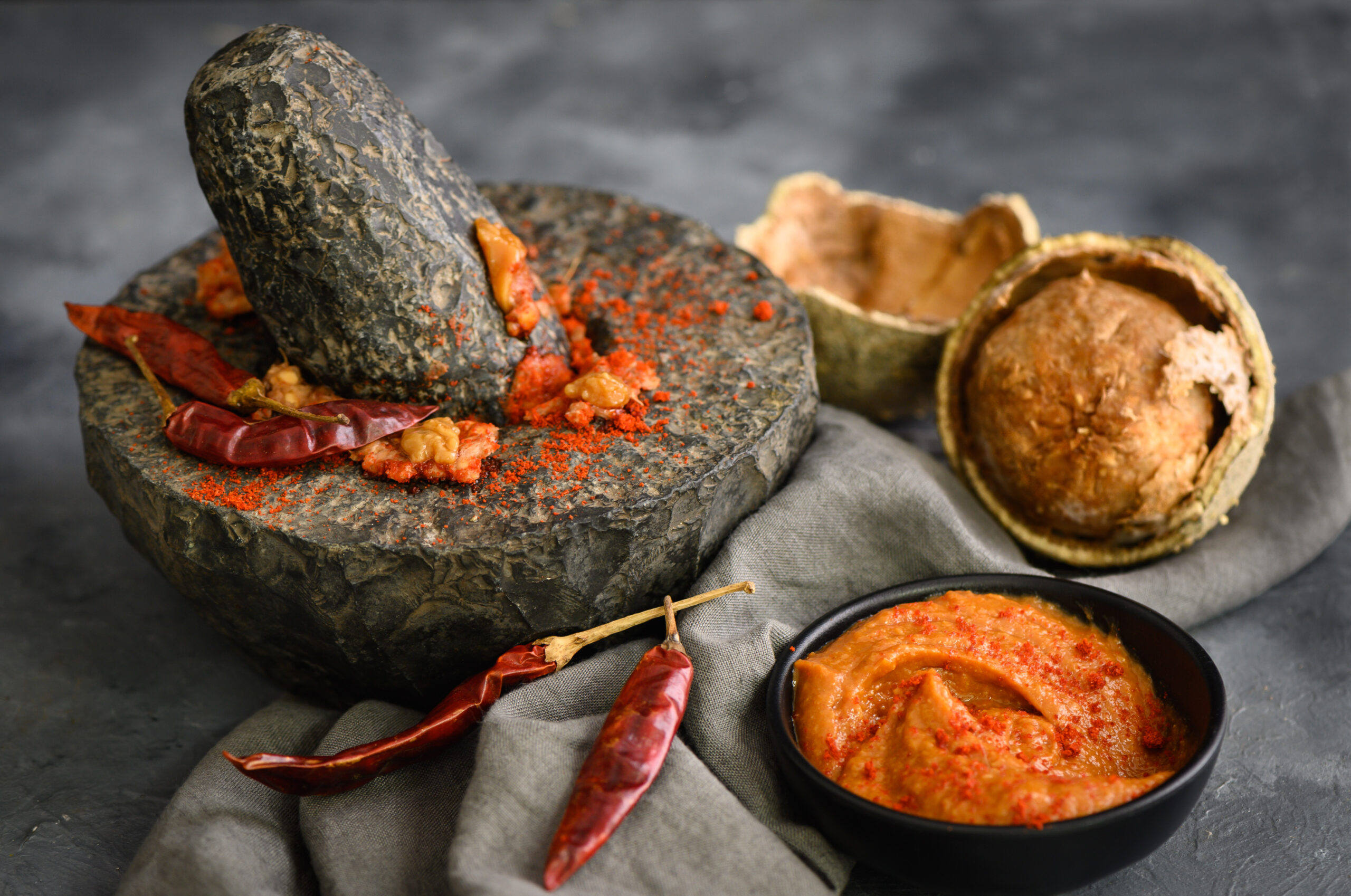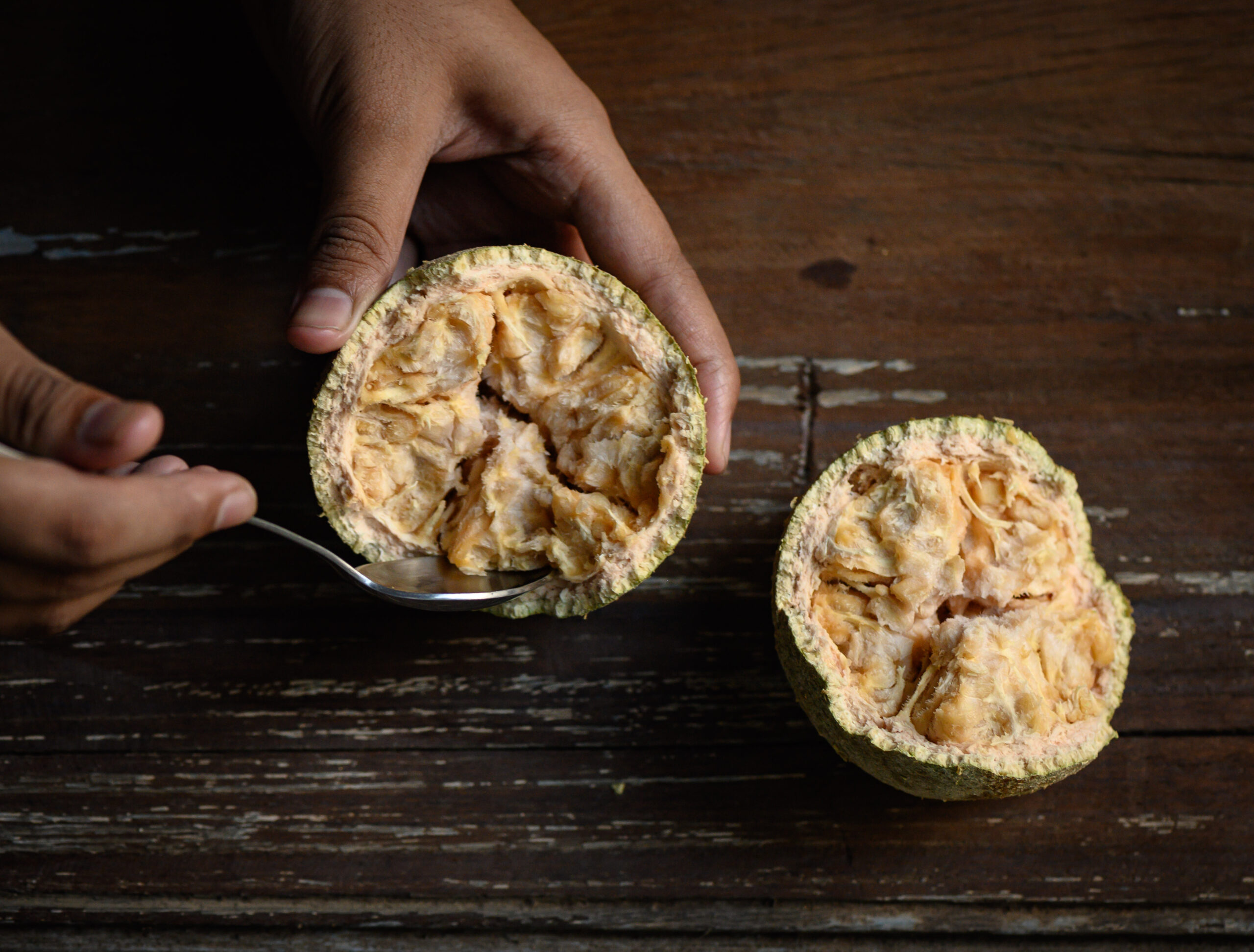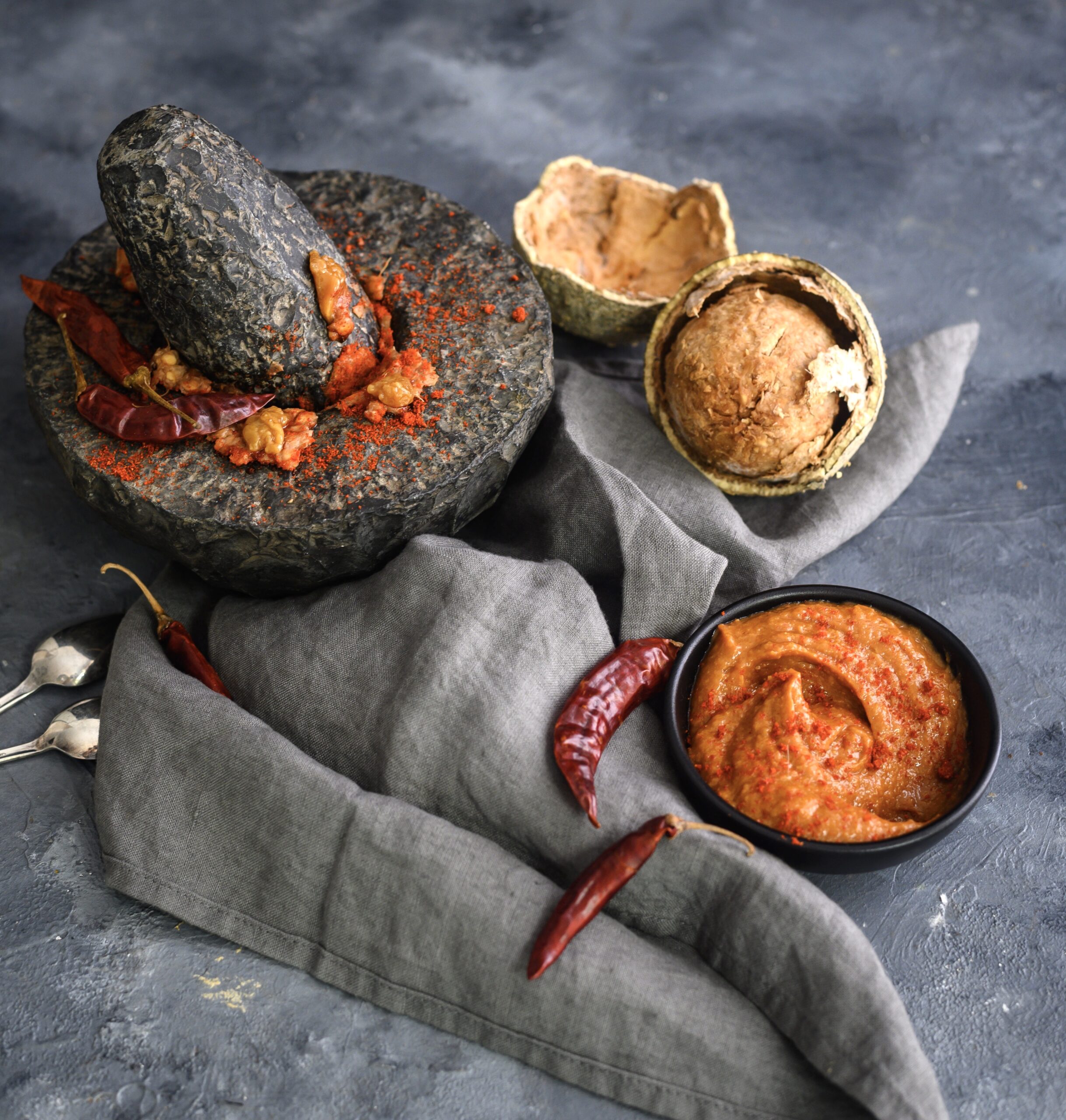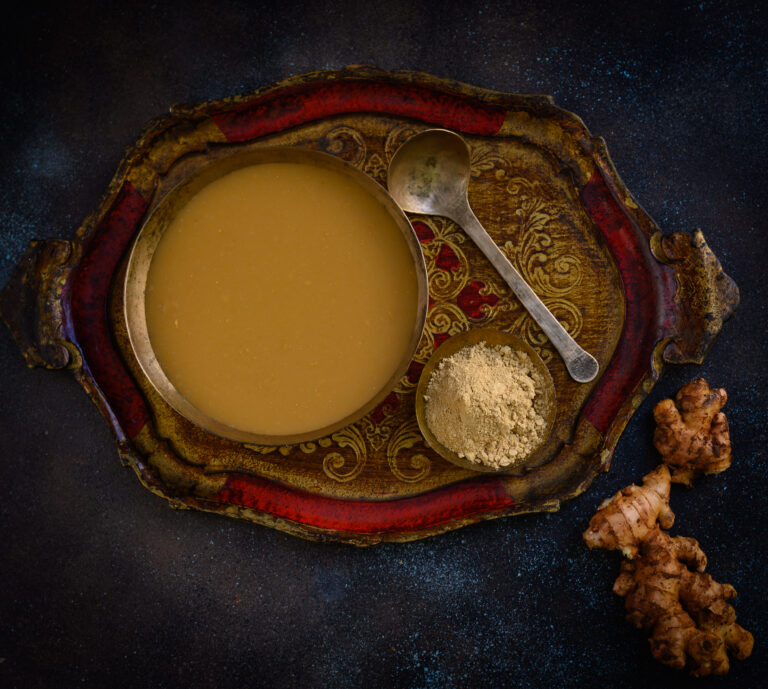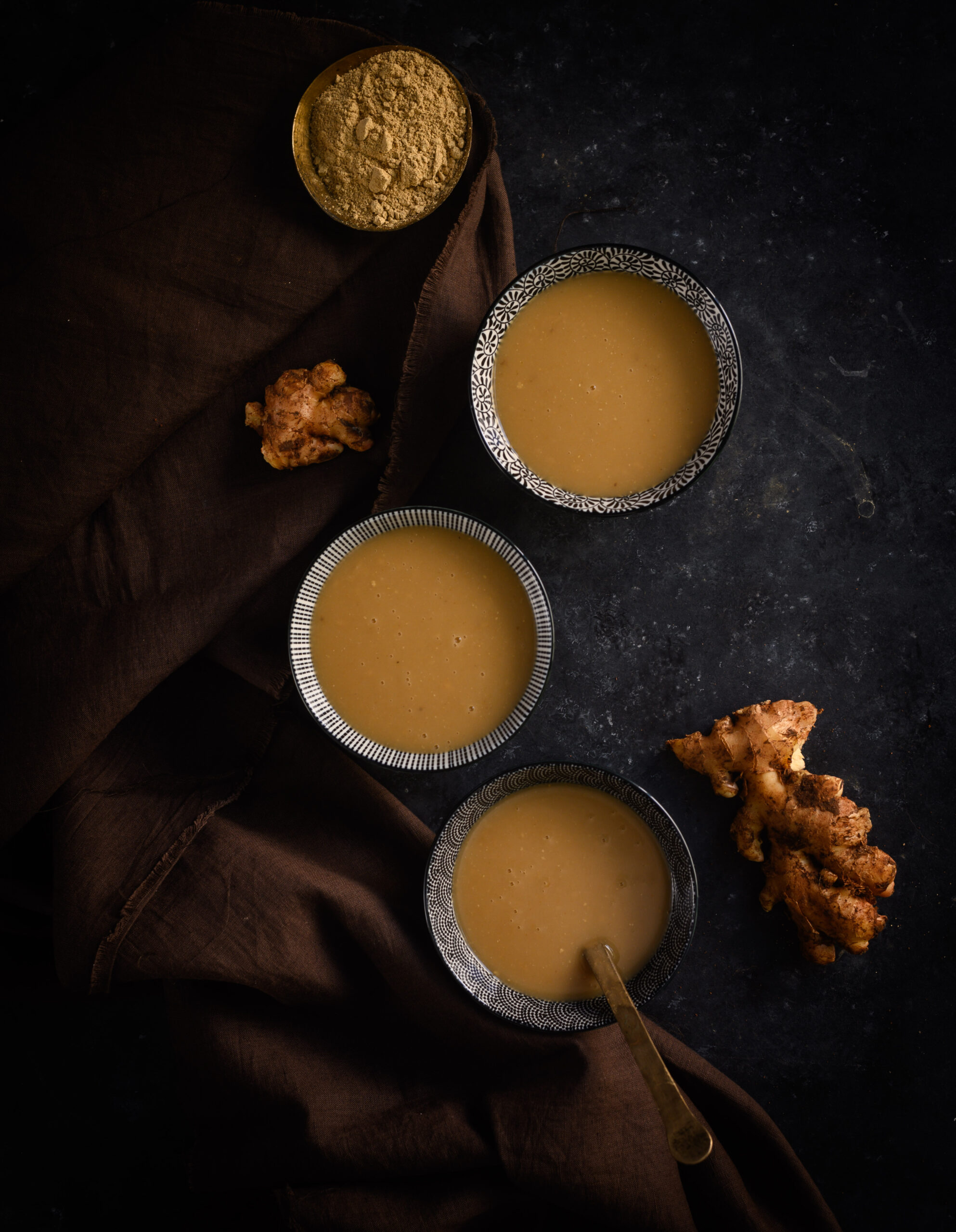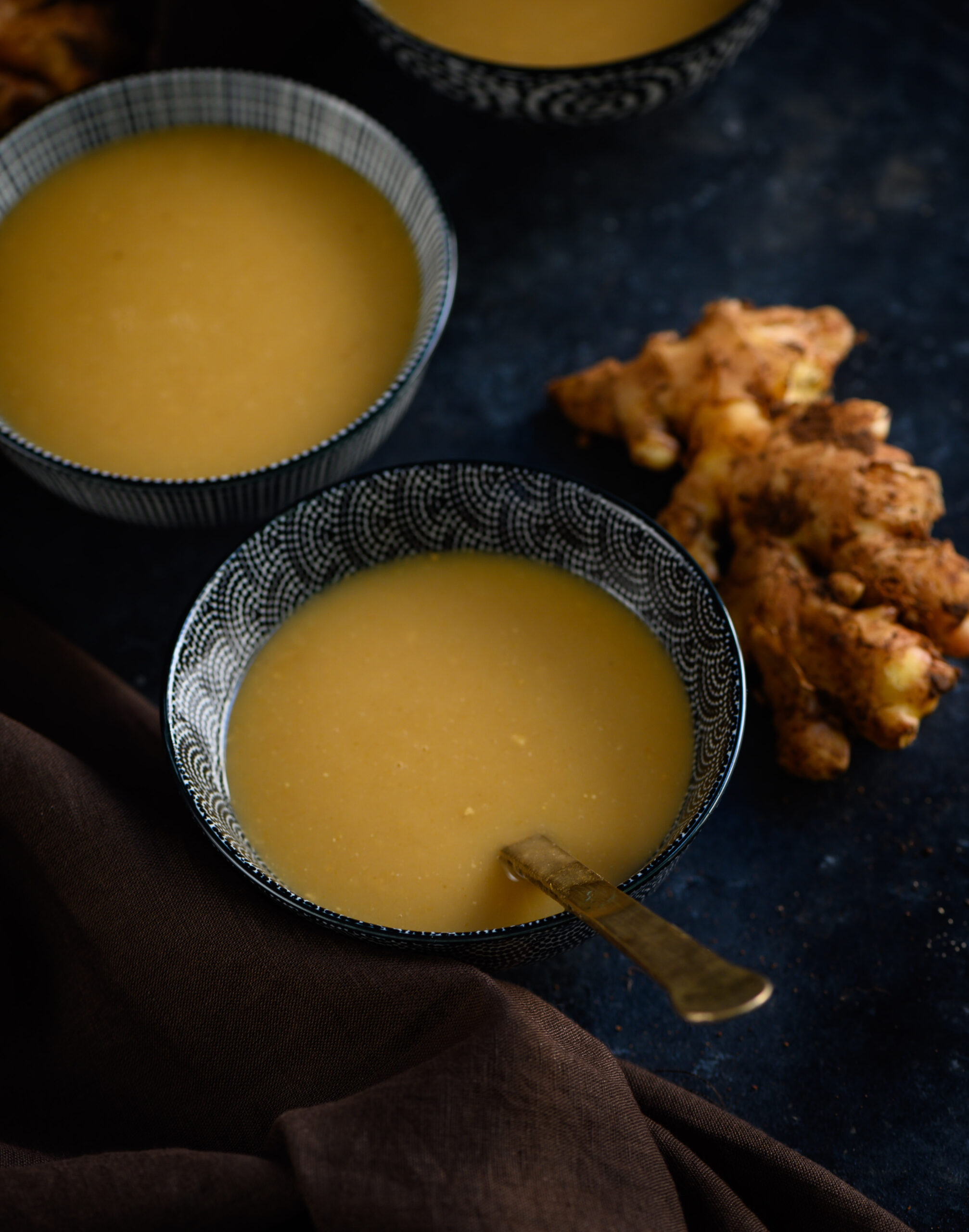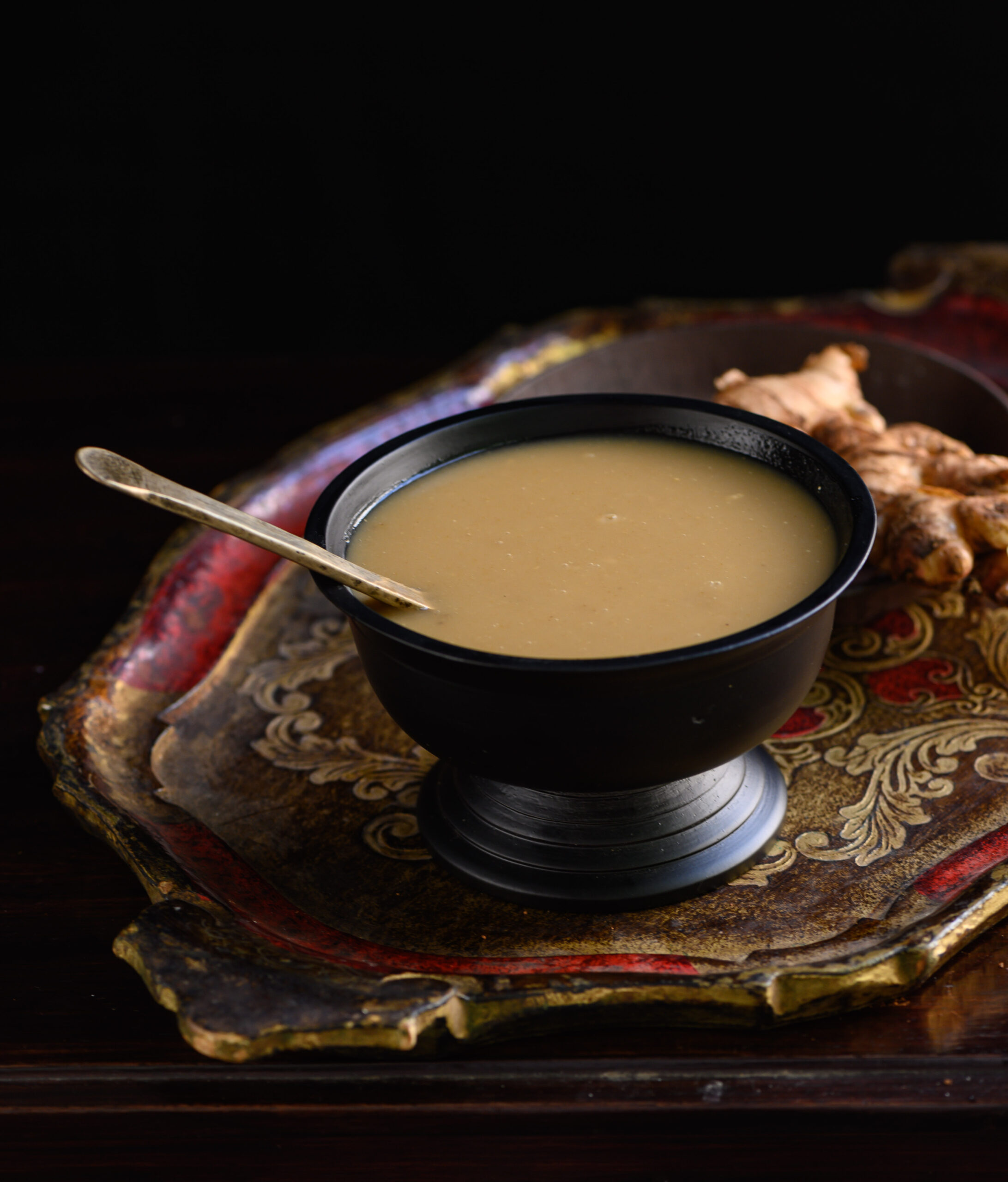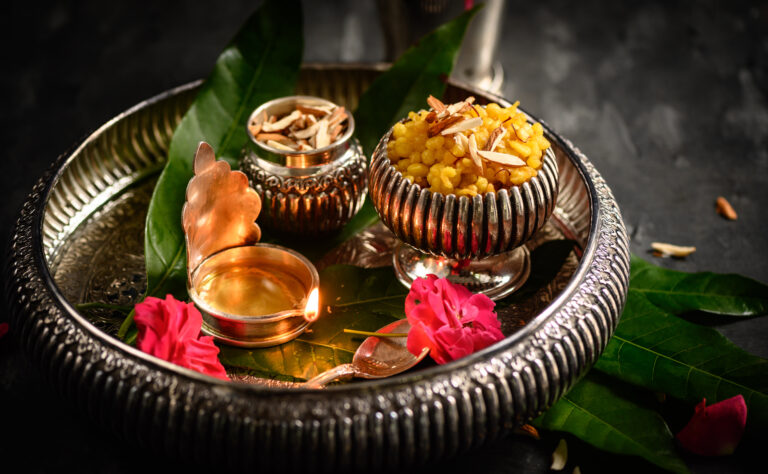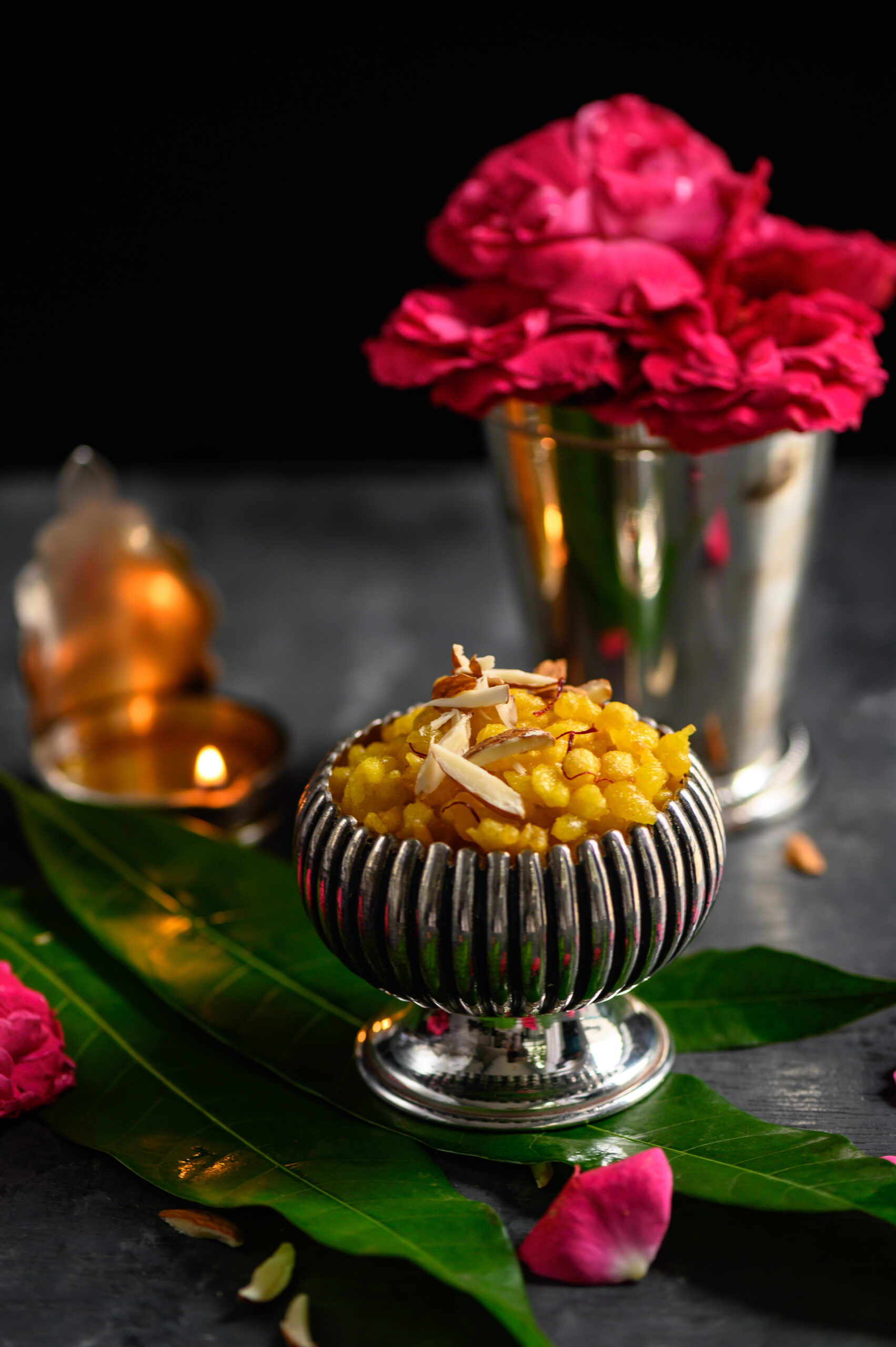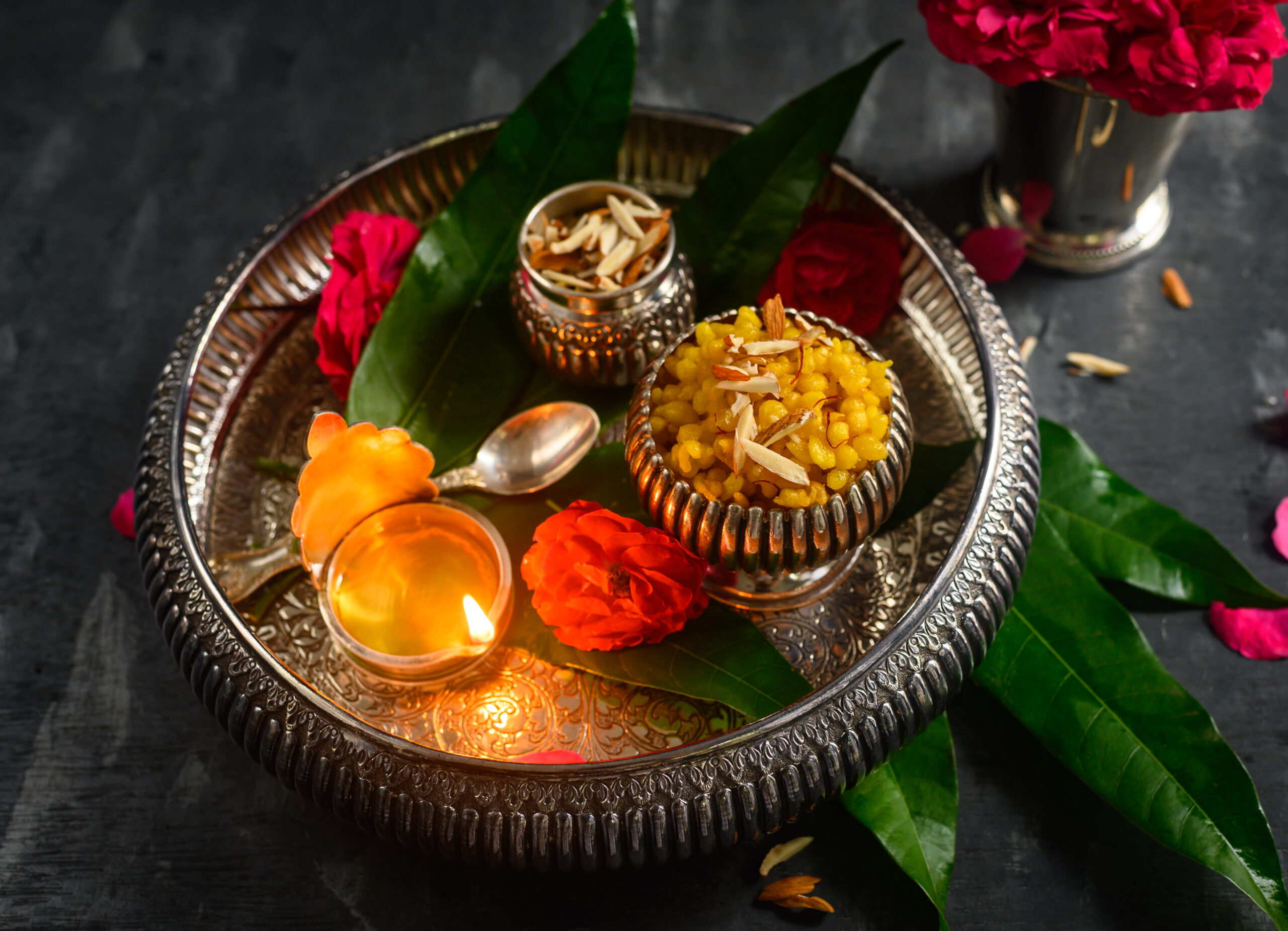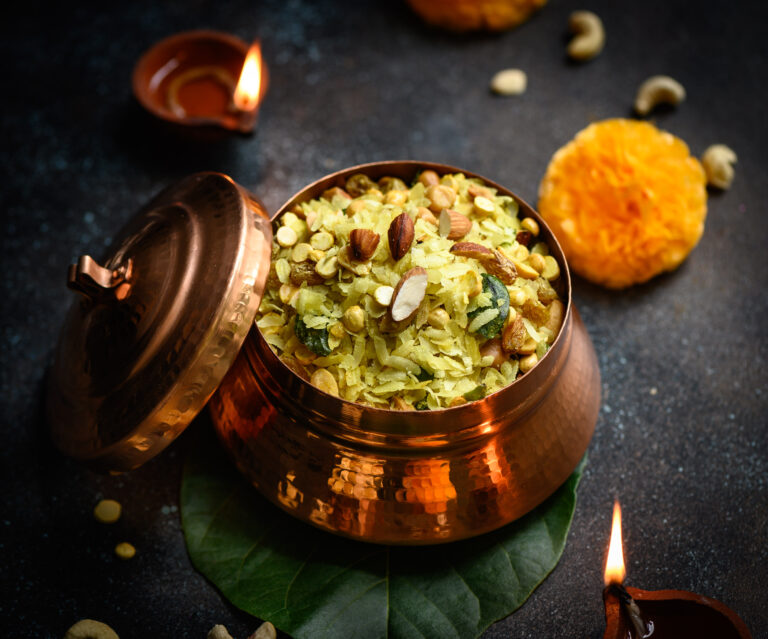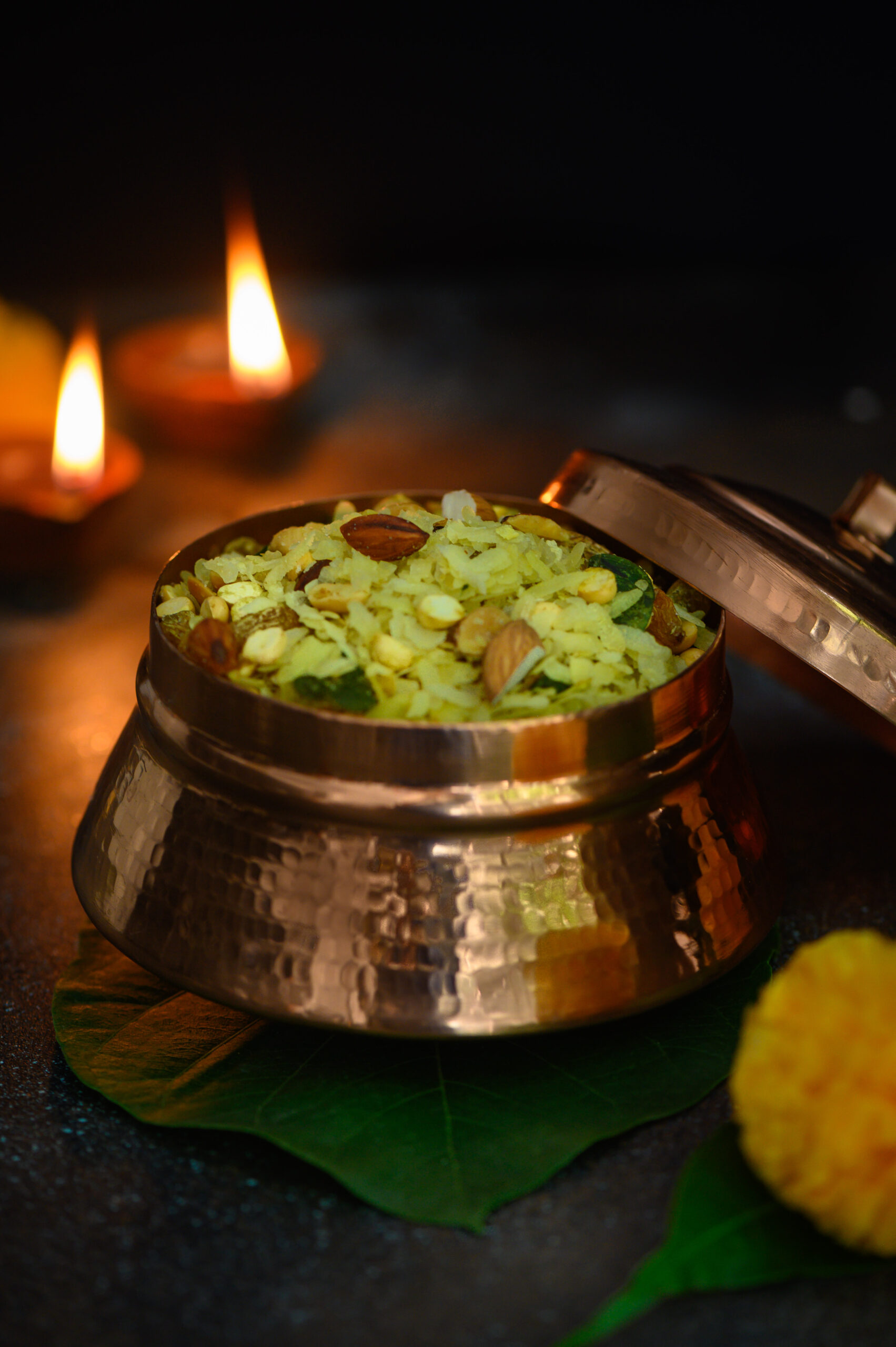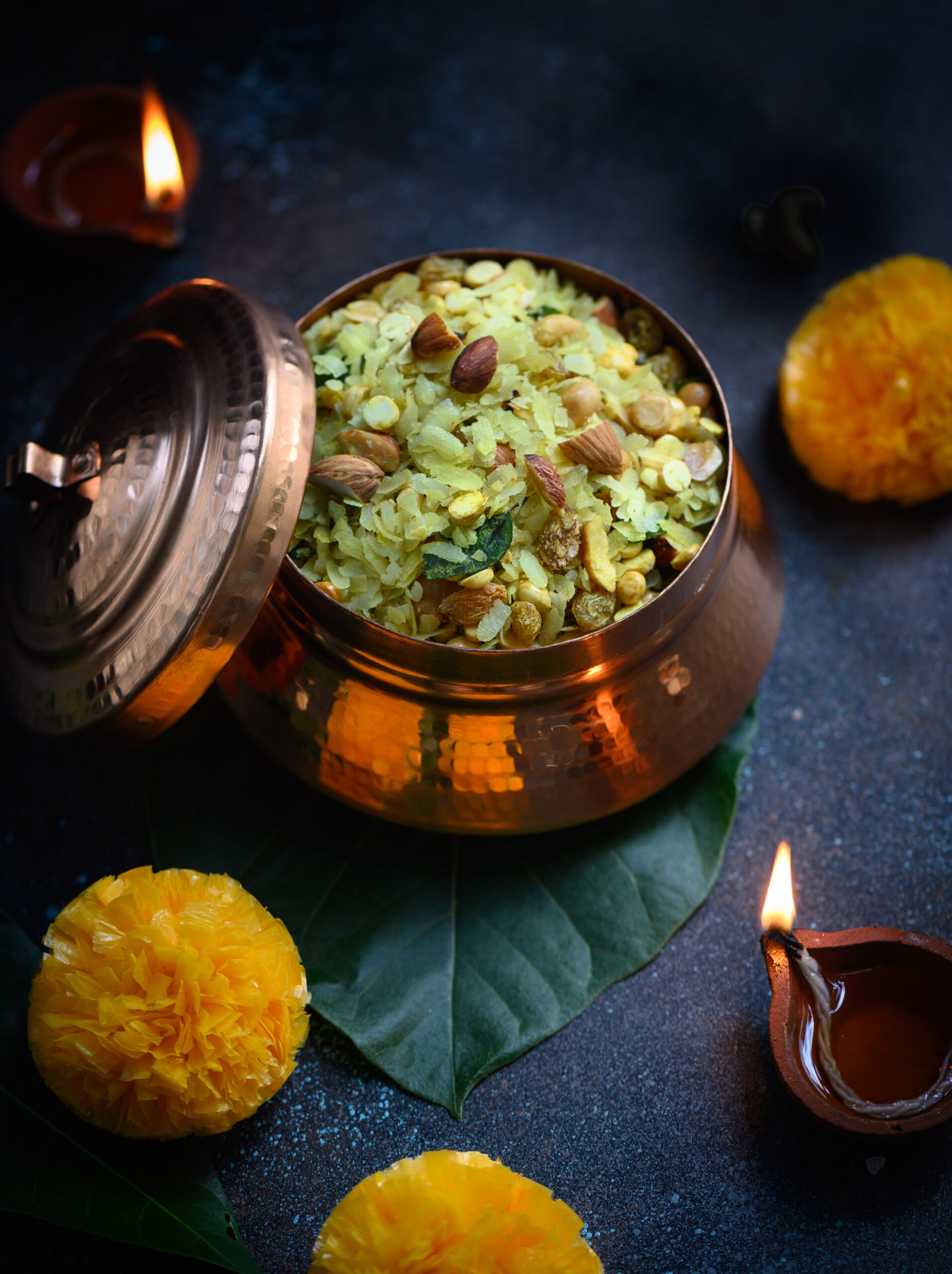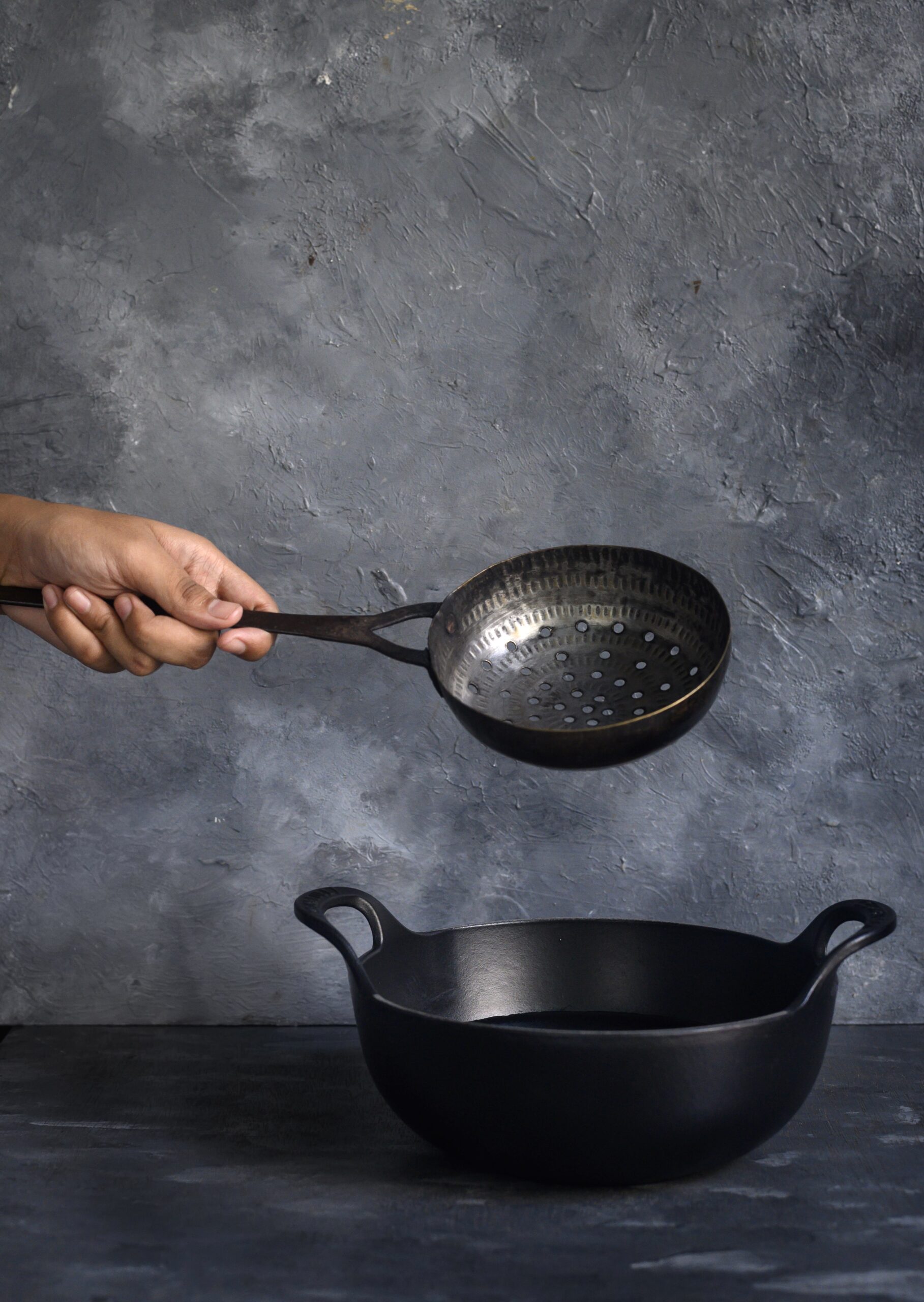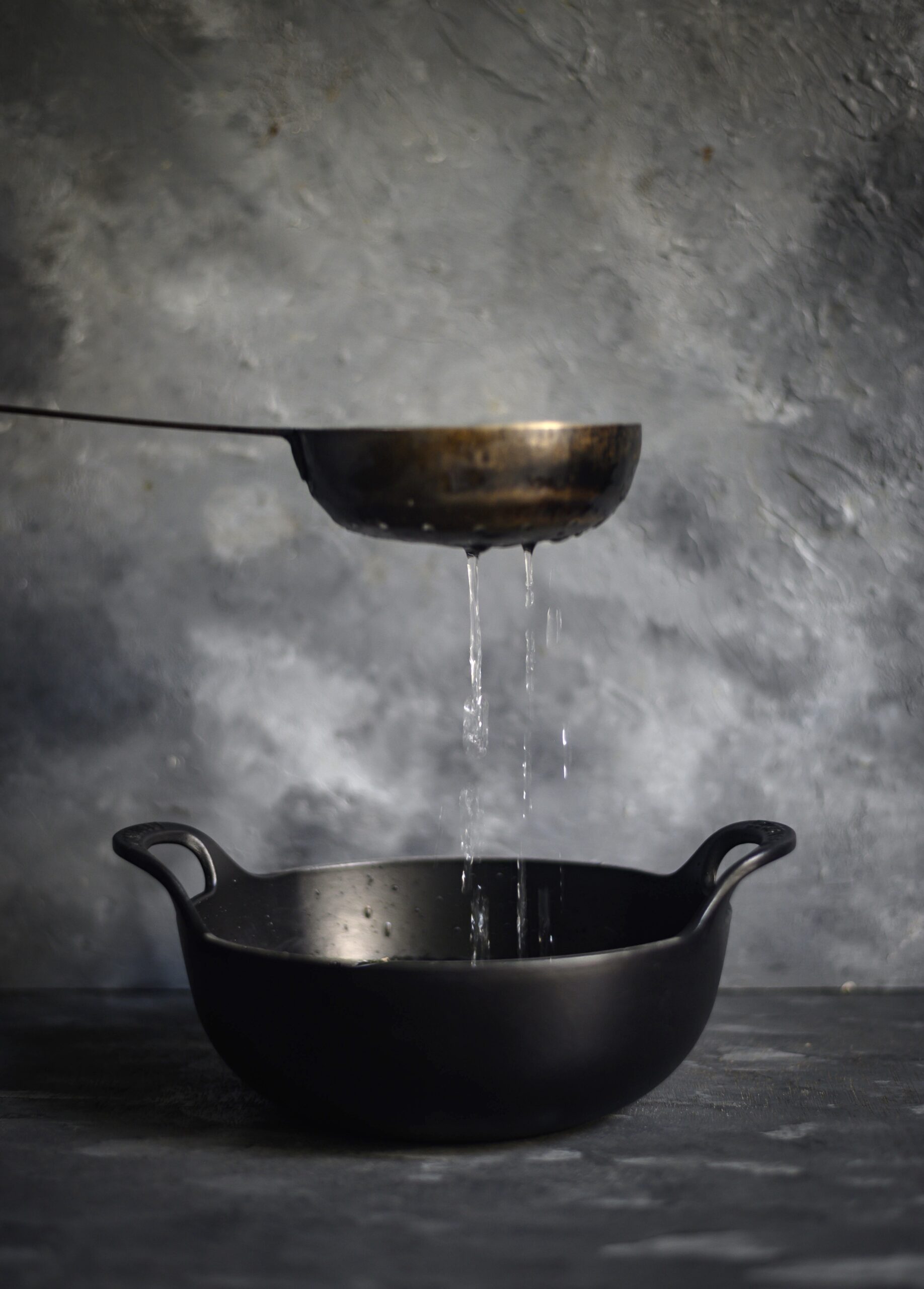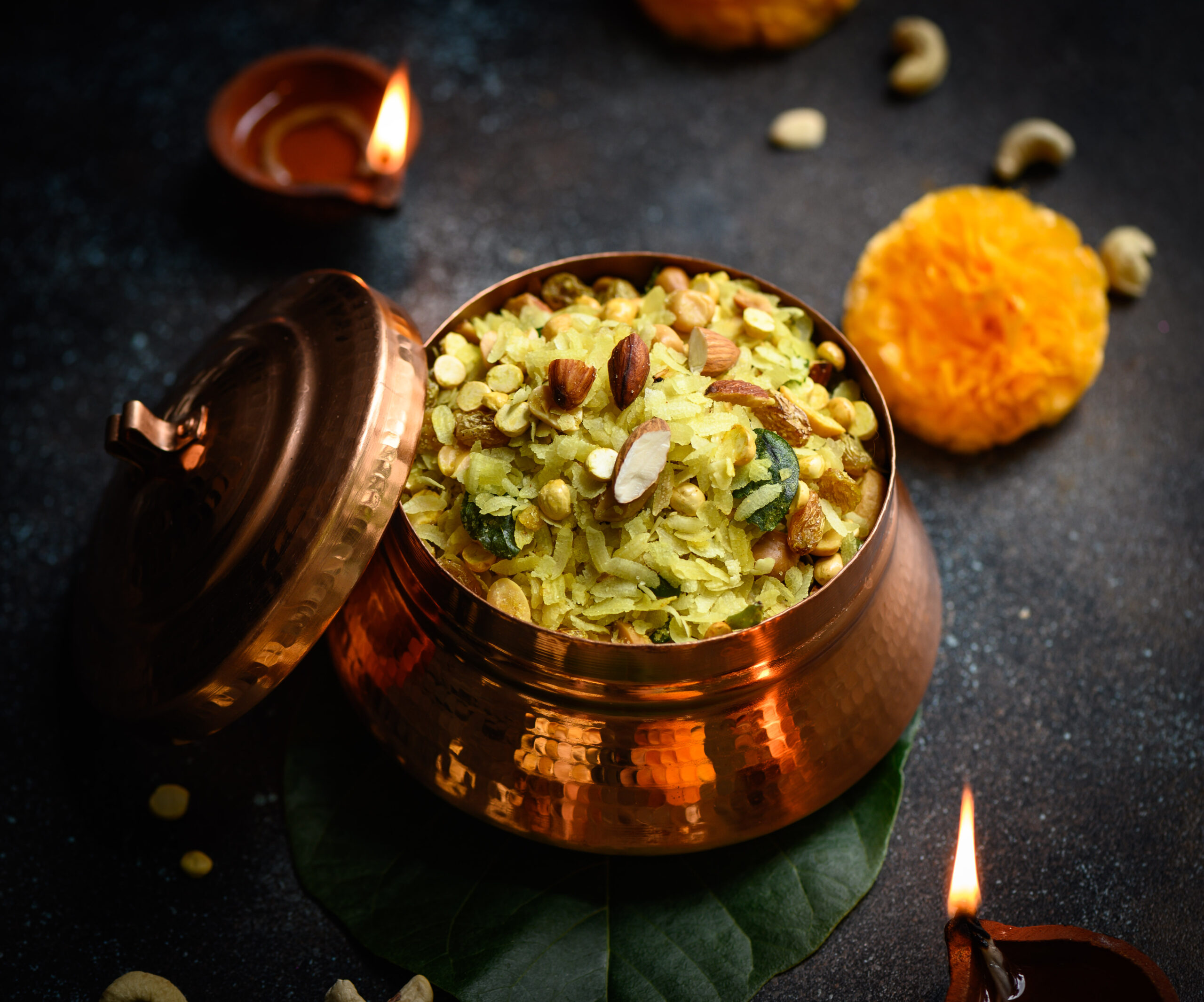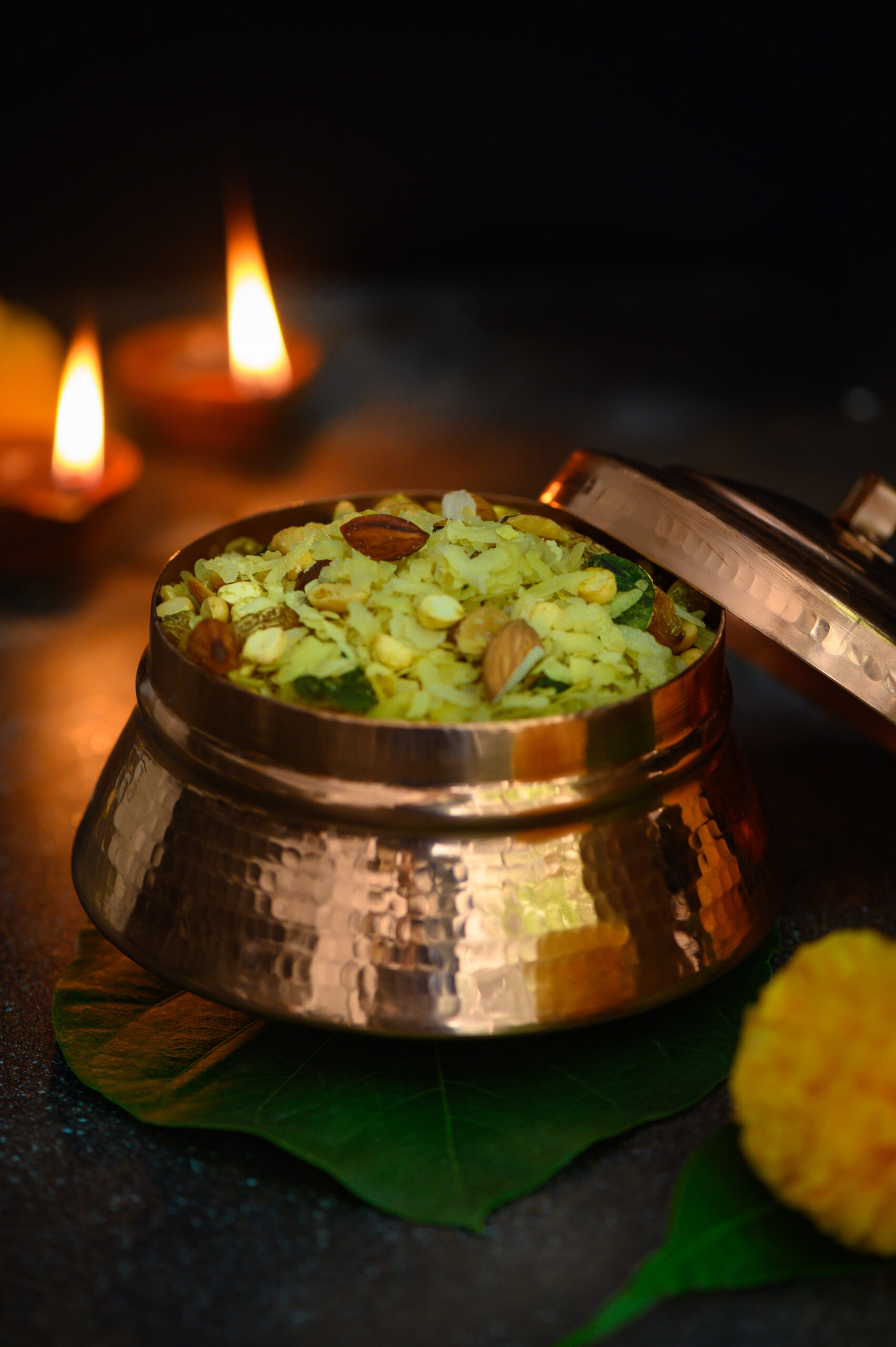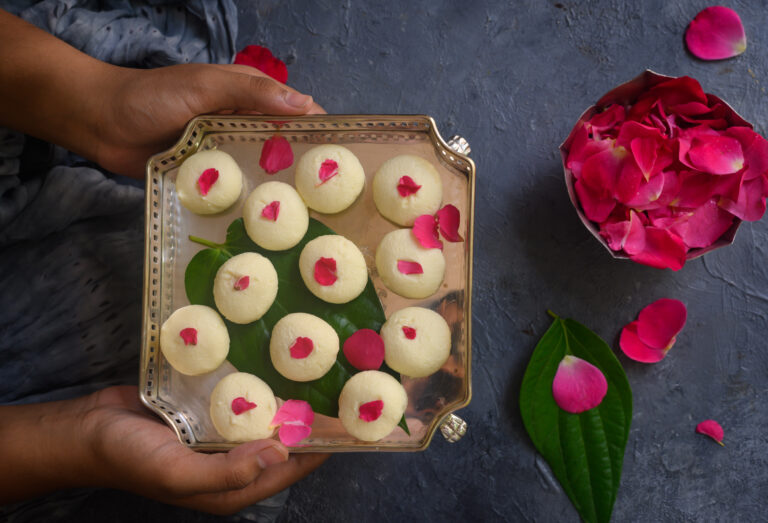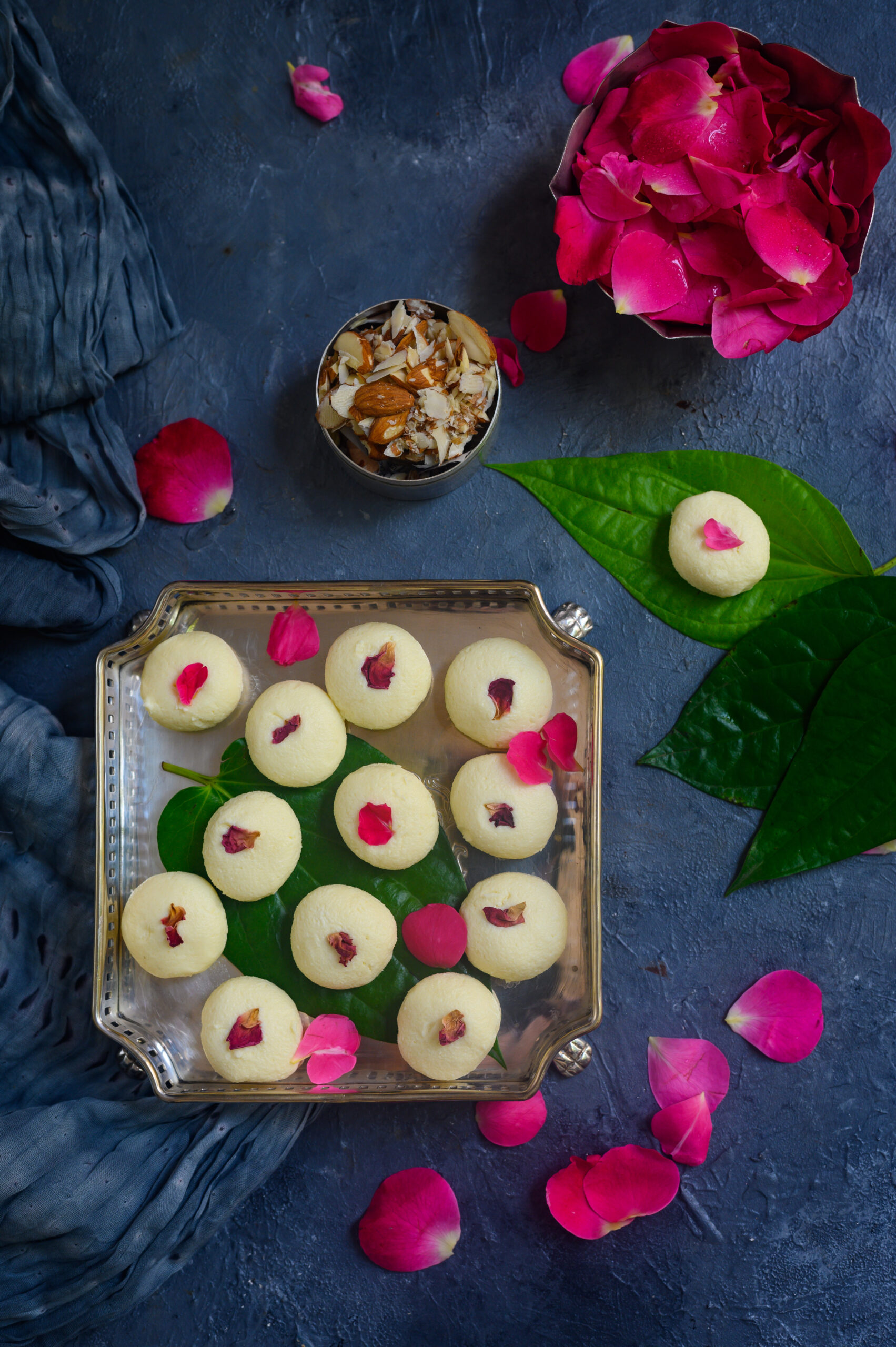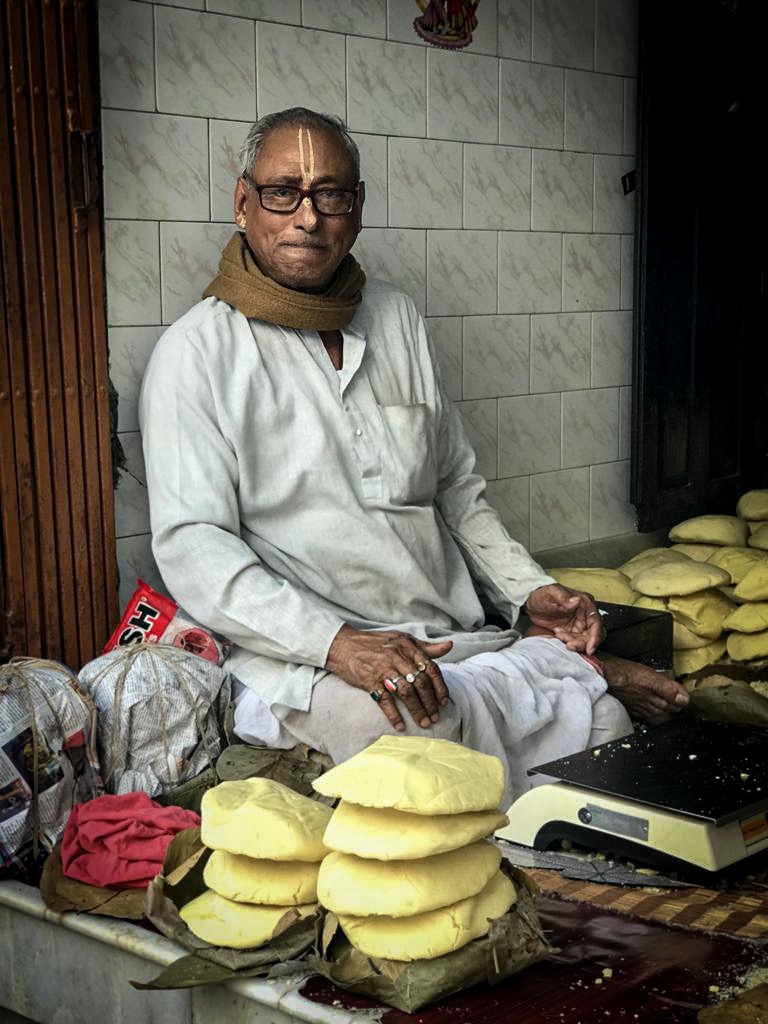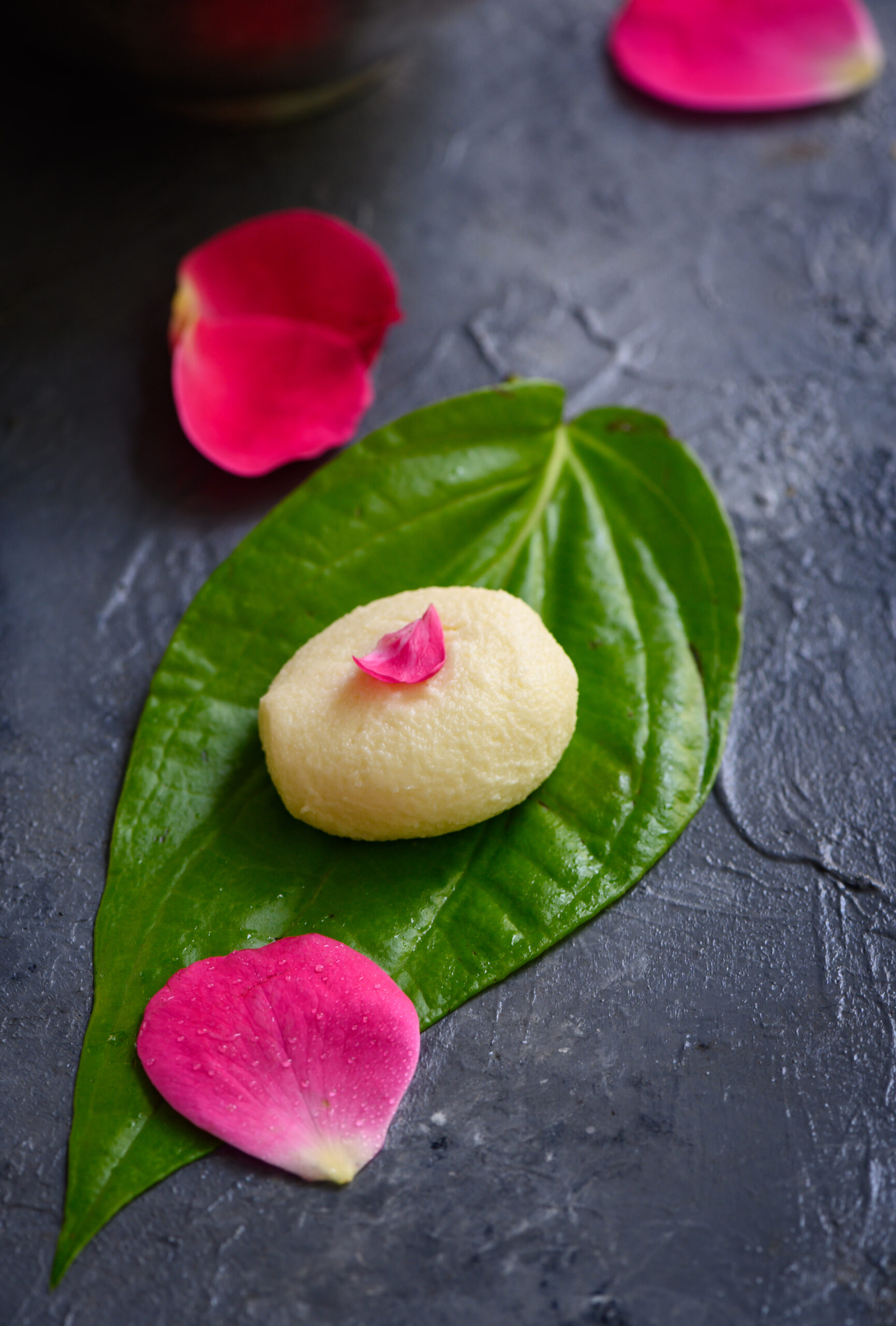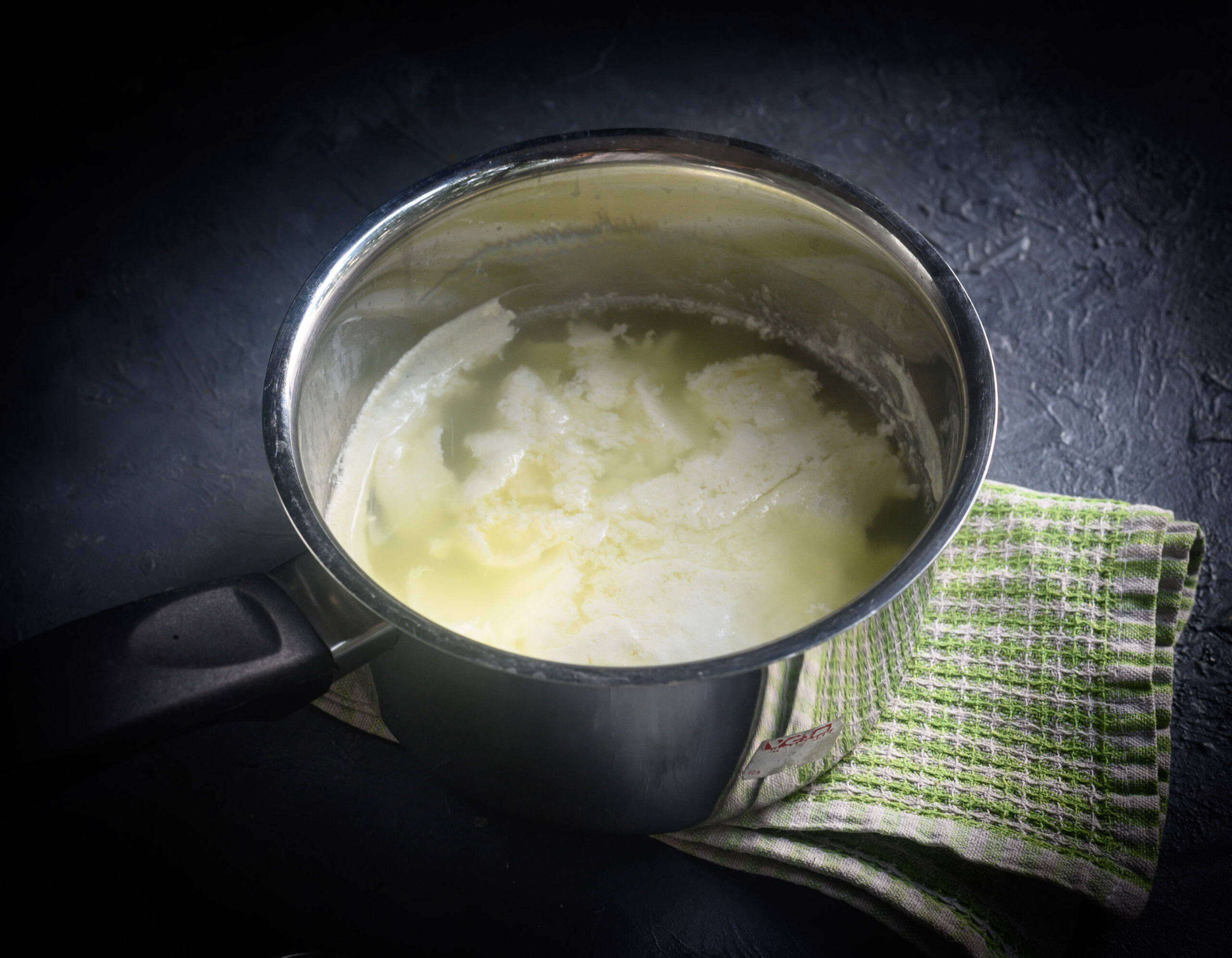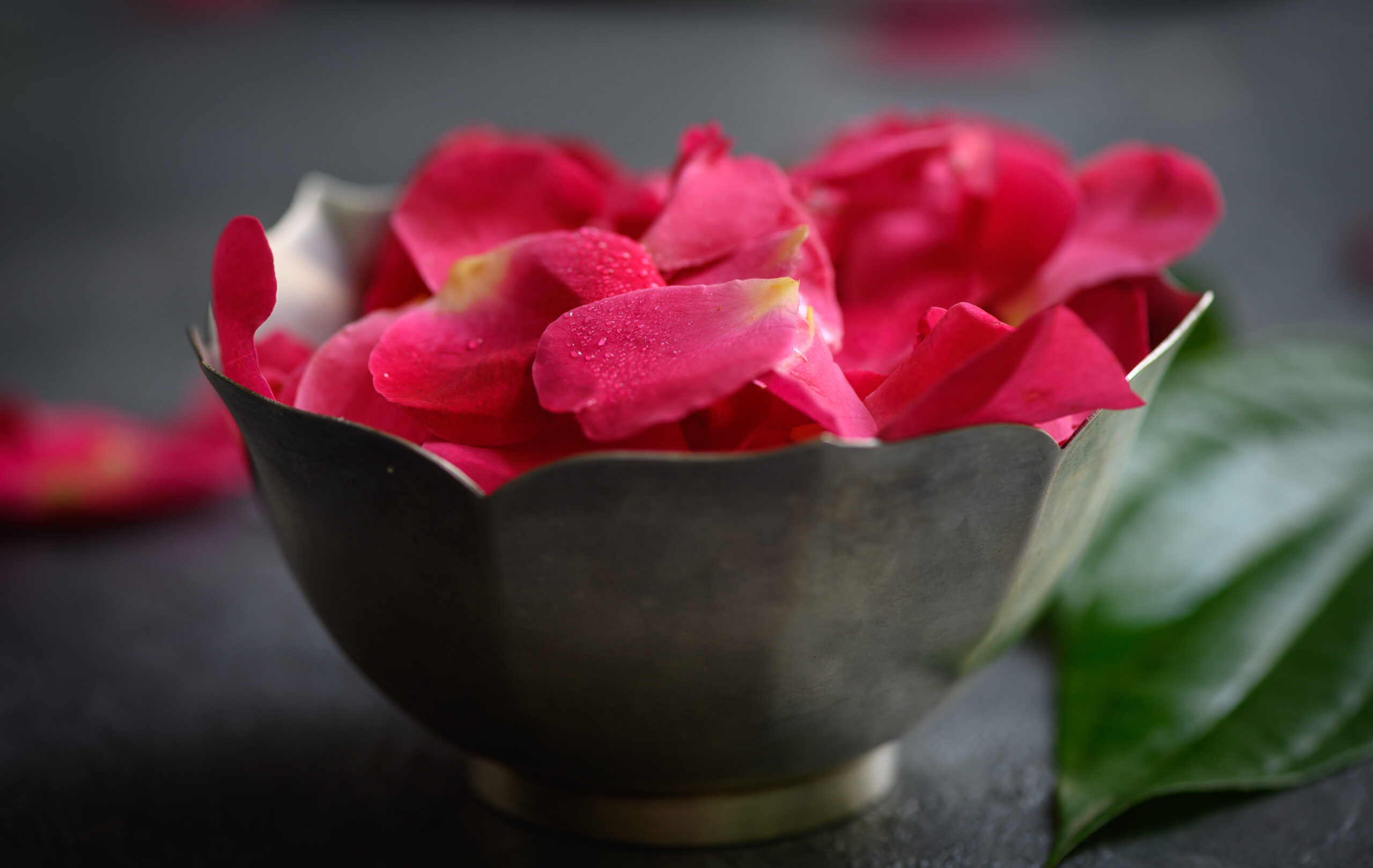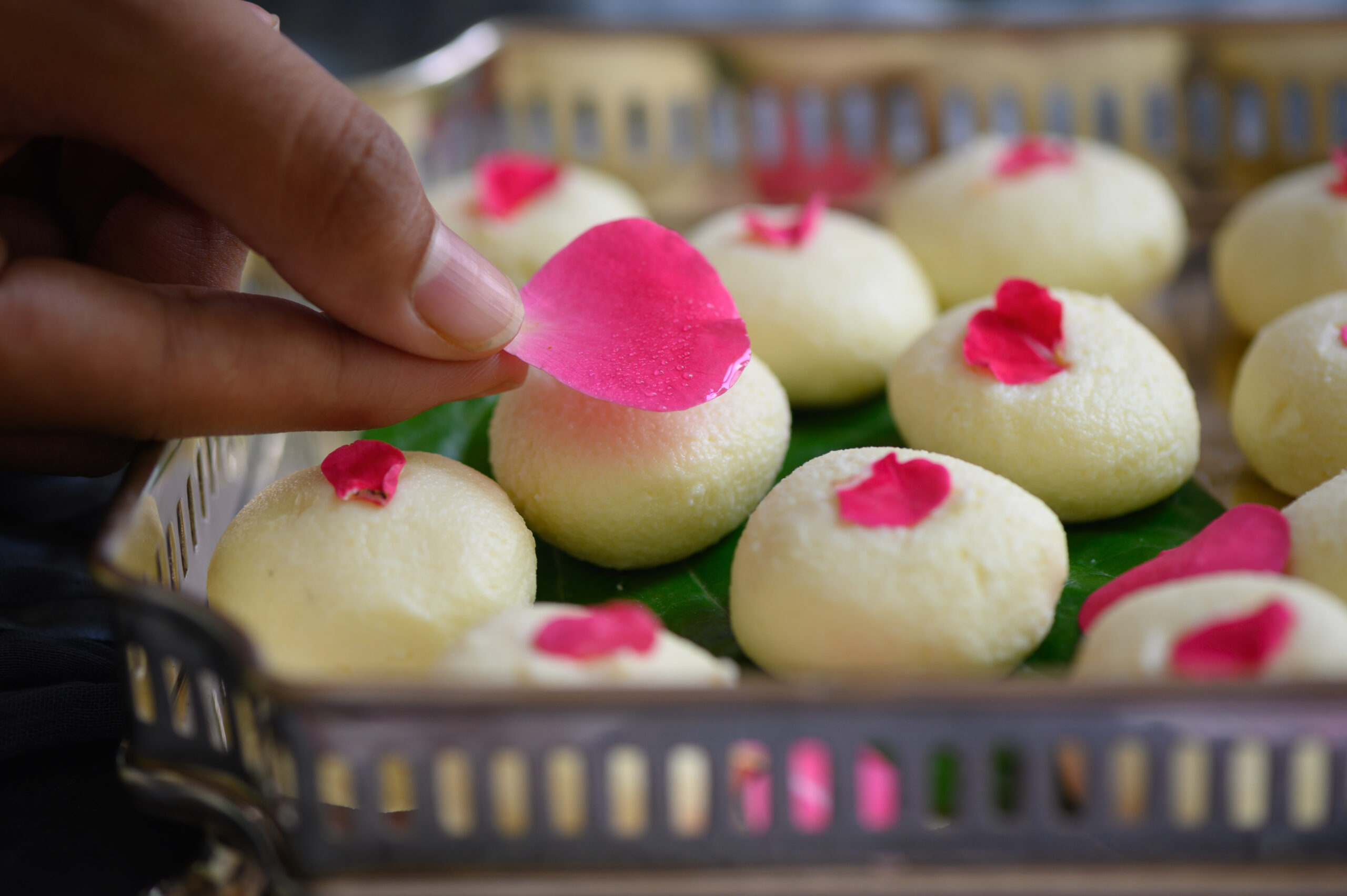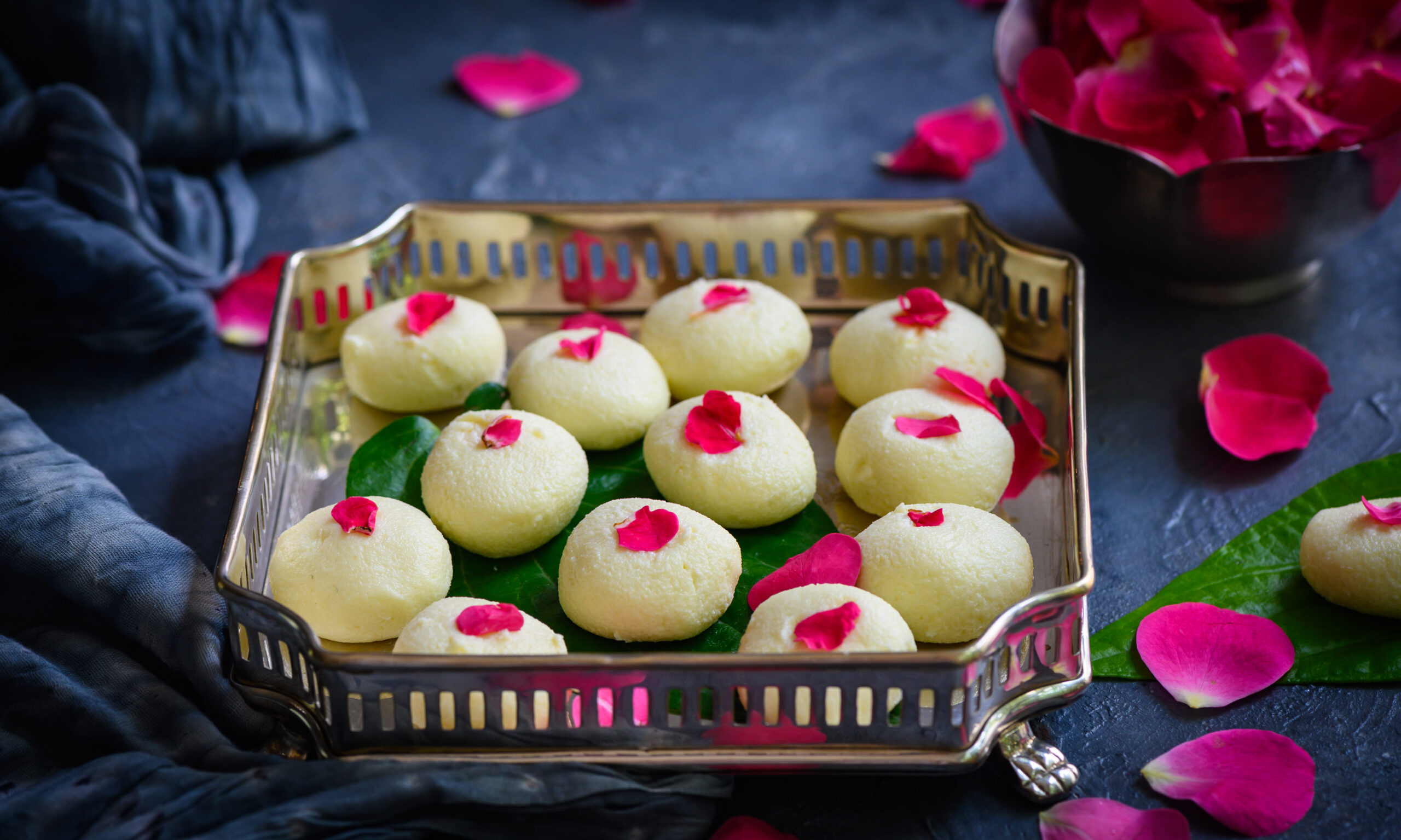I love, love, love stir-fry and could eat it every day, and some weeks I think I actually do, making different versions of it as per my craving or mood. A stir-fry is more of a category than a dish, of versatile meals-in-a-bowl that cater to any kind of dietary restrictions, lifestyles or personal taste. My boys love theirs with meat, so I regularly add chicken or prawns to theirs. Vegan versions are protein-rich with tofu. When it comes to stir-fries, to each their own.
The simplicity of my preferred version of a stir-fry, replete with healthy ingredients and subtly flavoured, is something I arrived at after sampling numerous versions in many places. For a long time, I would gravitate towards stir-fries in restaurants, which would be made in an elaborate way with different additives and sauces. Then, I encountered them again when I was studying Macrobiotics at the Kushi Institute, where we ate a lot of steamed and sautéed vegetables. Realising how adaptable this dish was, and how it could be cooked to suit a diverse range of diets, made me introduce it into my repertoire frequently.
Stir-fries are built through a checklist of choices: pick a protein, some vegetables, the oil you’re using, nuts or seeds for texture if you like them, and an optional carb. They can literally be made with whatever basic produce you have available at home on any given day. For me, the vegetables are the star ingredients and I have certain time-tested preferences about which ones are good when cooked in this style. I prefer to avoid water-based vegetables as the stir-fry technique works best for firmer, crisper ones. Baby corn, aubergine, bok choy, spinach and kale are among my favourites.
When I want my meal-in-a-bowl stir-fry to be extra filling, I add a carb to it. This can range from red rice, white rice, millets and pasta, depending entirely on what I already have on hand. All these carbs work well when layered with the other ingredients. Without them, a stir-fry can be enjoyed as a hearty salad. When I am including a carb, I tend to avoid starchy vegetables such as potatoes, so as to keep the dish light. You may also choose to avoid sugary vegetables like peas and baby corn if you’re being strict with what you’re consuming. See what works for you. Ultimately, I still feel that vegetables are vegetables and you can’t really go wrong with them. Sometimes, it’s about using your own intelligence. For instance, in Macrobiotics, nightshades such as tomatoes are believed to not be good for you. That doesn’t mean that you have to eliminate them completely. Instead, you balance them by using a smaller portion and adding extra leafy greens as a counter.
I enjoy the crunchiness and slight rawness of the vegetables so much, as well as the feel-good factor to eating them. At the Kushi Institute, I also learned that chewing is absolutely essential. In fact, at mealtimes we sometimes actually counted the number of times that we chewed one mouthful. The maximum I got to was 25! With the slightly undercooked vegetables, you have to be sure to chew them well. To keep the focus on their natural tastes and textures, I ensure that the spices I use are minimal.
The trick is to incorporate all the colours of the rainbow within the dish, which specialists say will cover a broad spectrum of your nutritional needs in a single meal. Here is a convenient list that explains how and why. I try my best to do this when putting together a stir-fry. Visually too, there’s something so beautiful and appealing about this method. It really does make me feel like I am eating a bowl of sunshine.
Not only is this perfect meal-in-a-bowl versatile in terms of the ingredients you can use, but it can work for any time of the day. Aside from lunch and dinner, I find that a portion of it with a couple of boiled eggs makes for a superb, energy-boosting breakfast. The best part is that it takes all of fifteen minutes to put a bowl together, right from chopping to serving. Sometimes, when my son says he won’t be coming home for lunch but then suddenly shows up because a meeting got cancelled, all I have to do is throw together a few fresh vegetables with a bit of chicken, the way he likes it. Within minutes, not only does he get a delicious home-cooked meal, but he is also fully fortified to get back to work.
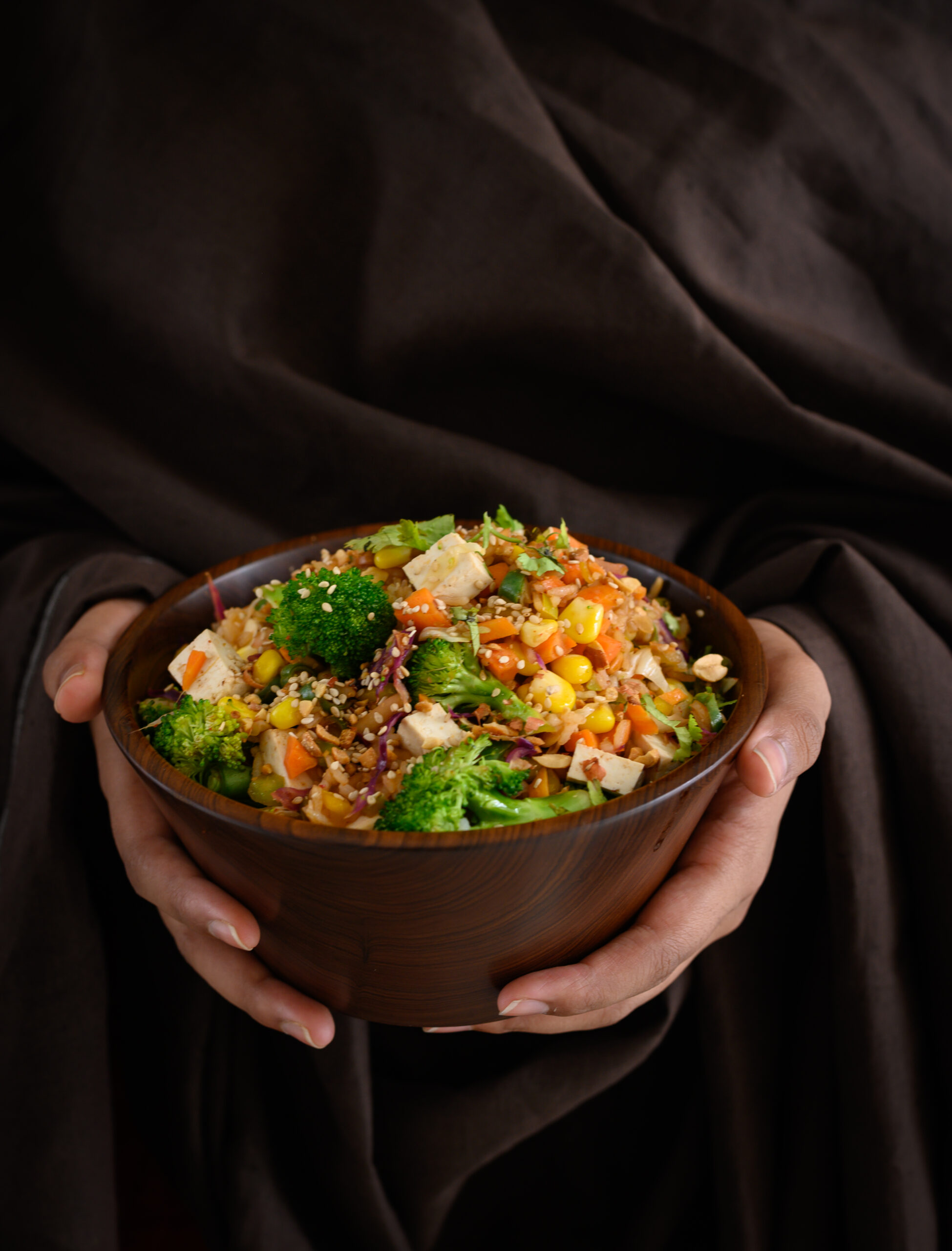
Meal-In-A-Bowl Stir-Fry
(Yield: 1 bowl)
2 cups vegetables of your choice
½ cup cooked rice
1 tablespoon groundnut oil
¾ teaspoon ginger/garlic paste
3 tablespoons cut tofu
2 tablespoons soya sauce
1 tablespoon lemon juice
½ teaspoon honey
1 teaspoon white sesame seeds
1 teaspoon chili paste
2 tablespoons coarsely crushed peanuts
Coriander leaves to garnish
Salt to taste
Add the groundnut oil in a wok. Once it’s hot, add the sesame seeds and allow them to lightly change colour.
Next, add the garlic/ginger paste. Stir for a minute.
Now, add the vegetables and stir them on a high flame. Do this for about 3 minutes. I like my vegetables to be a bit crunchy so I don’t allow them to cook until tender. Be careful not to burn or singe the ingredients at the bottom of the pan, as this will reduce their nutritional value.
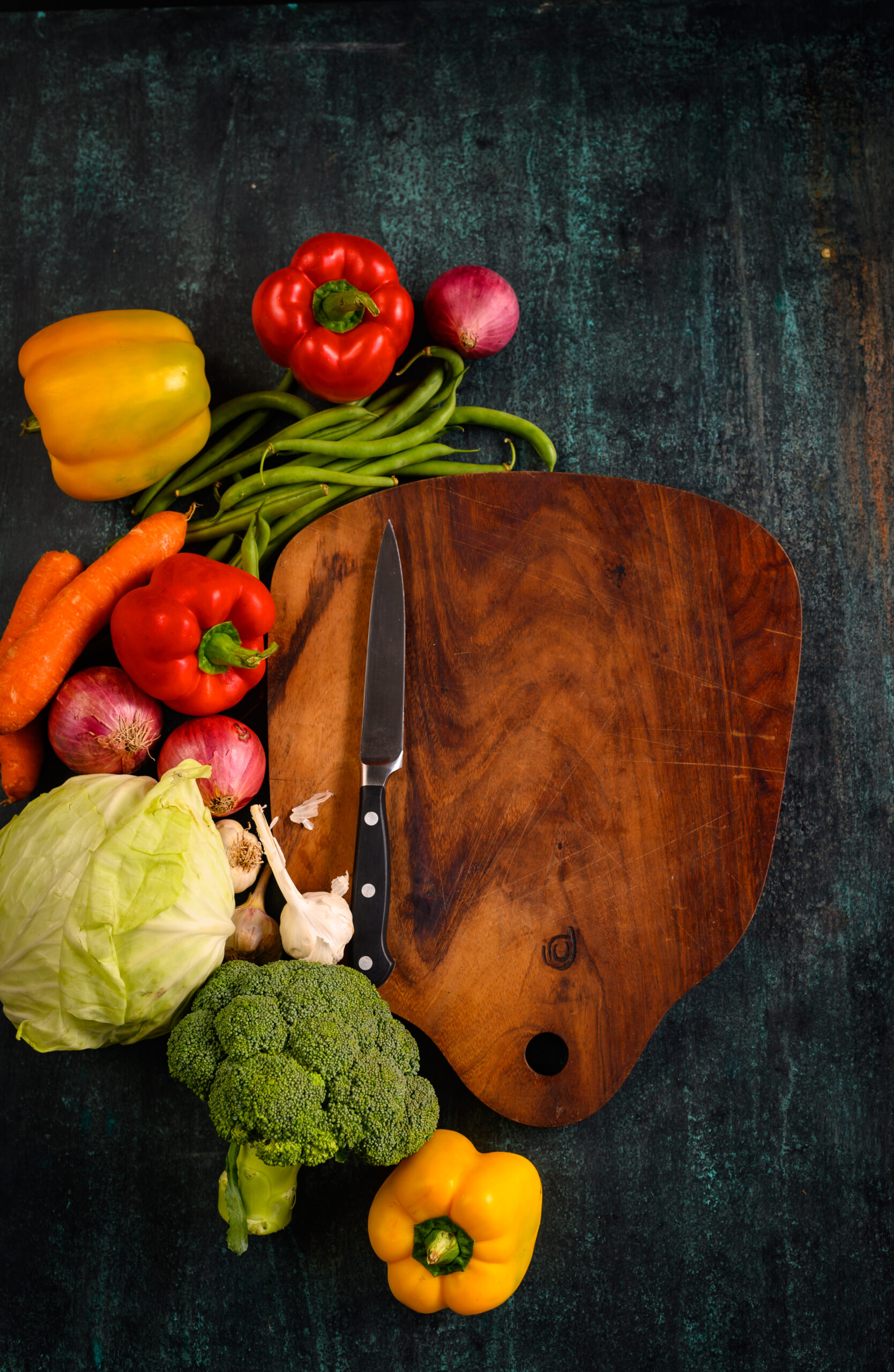
I often use carrots, bell peppers, beans, broccoli, spring onions, raw mango for a bit of tang, and some corn. If you decide to follow the same choices, make sure that the carrots and beans go first as they take a while longer than the others to cook, even slightly.
If you are including a carb, add the cooked rice now. I prefer organic rice varieties, and you can also use millets or orzo pasta. Then, add the tofu.
Finally, add the salt and the remaining ingredients, substituting peanuts and sesame seeds for cashew nuts or walnuts if you prefer. In terms of flavours, some of the best ones are soya sauce, lemon juice, honey glaze and chili sauce/paste. Stir fry for a few minutes on a high flame. Serve hot, garnished with coriander.
There is no single recipe for stir-fry, but this is my favourite. I like the mix of East Asian seasonings with familiar local flavours like raw mango and peanuts, and I find they blend together beautifully. Remember that you can substitute any ingredient for another in its own category; protein, veggies, oil, nuts/seeds and carbs. And most importantly: remember the rainbow, and let green reign!
